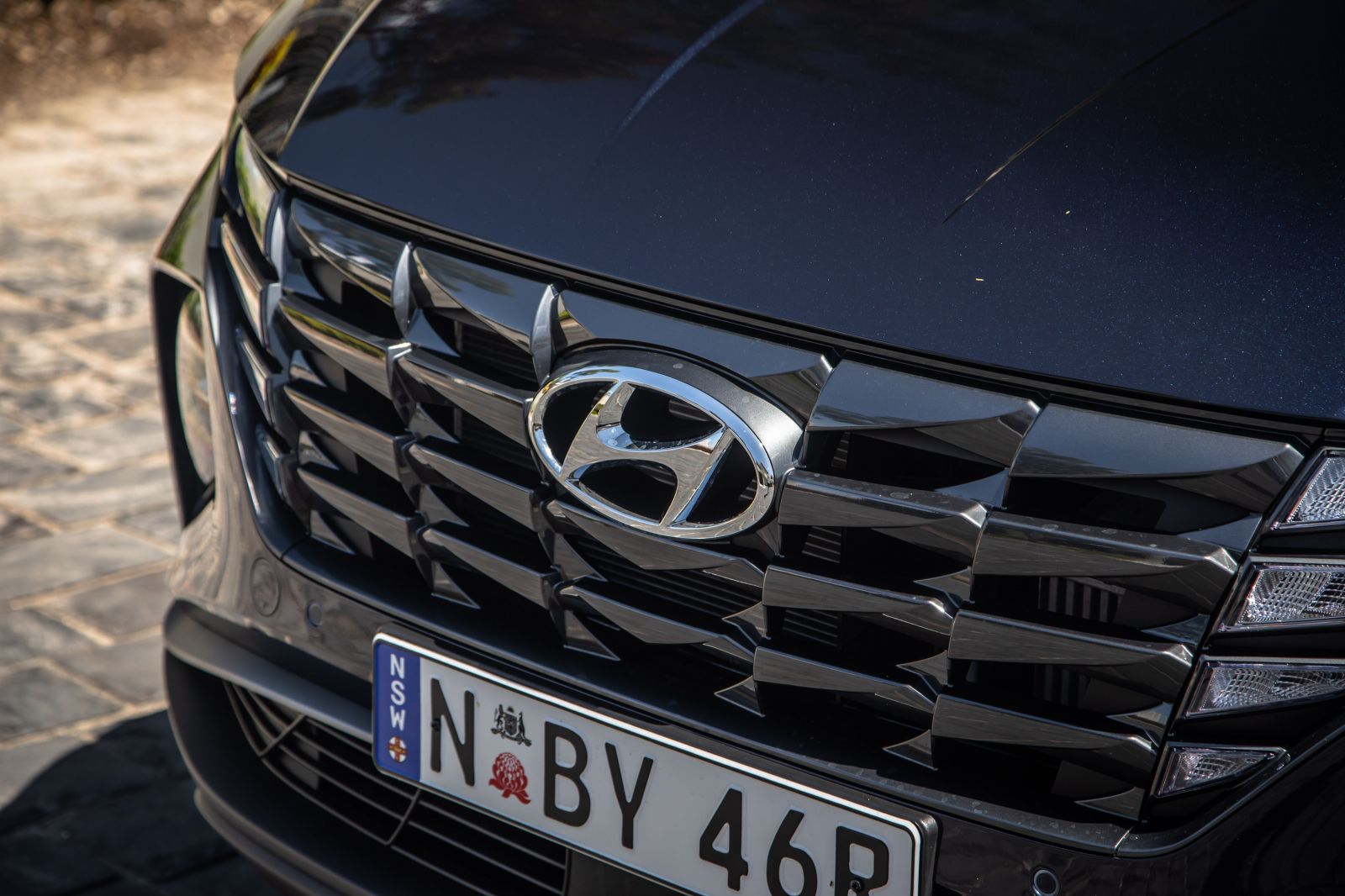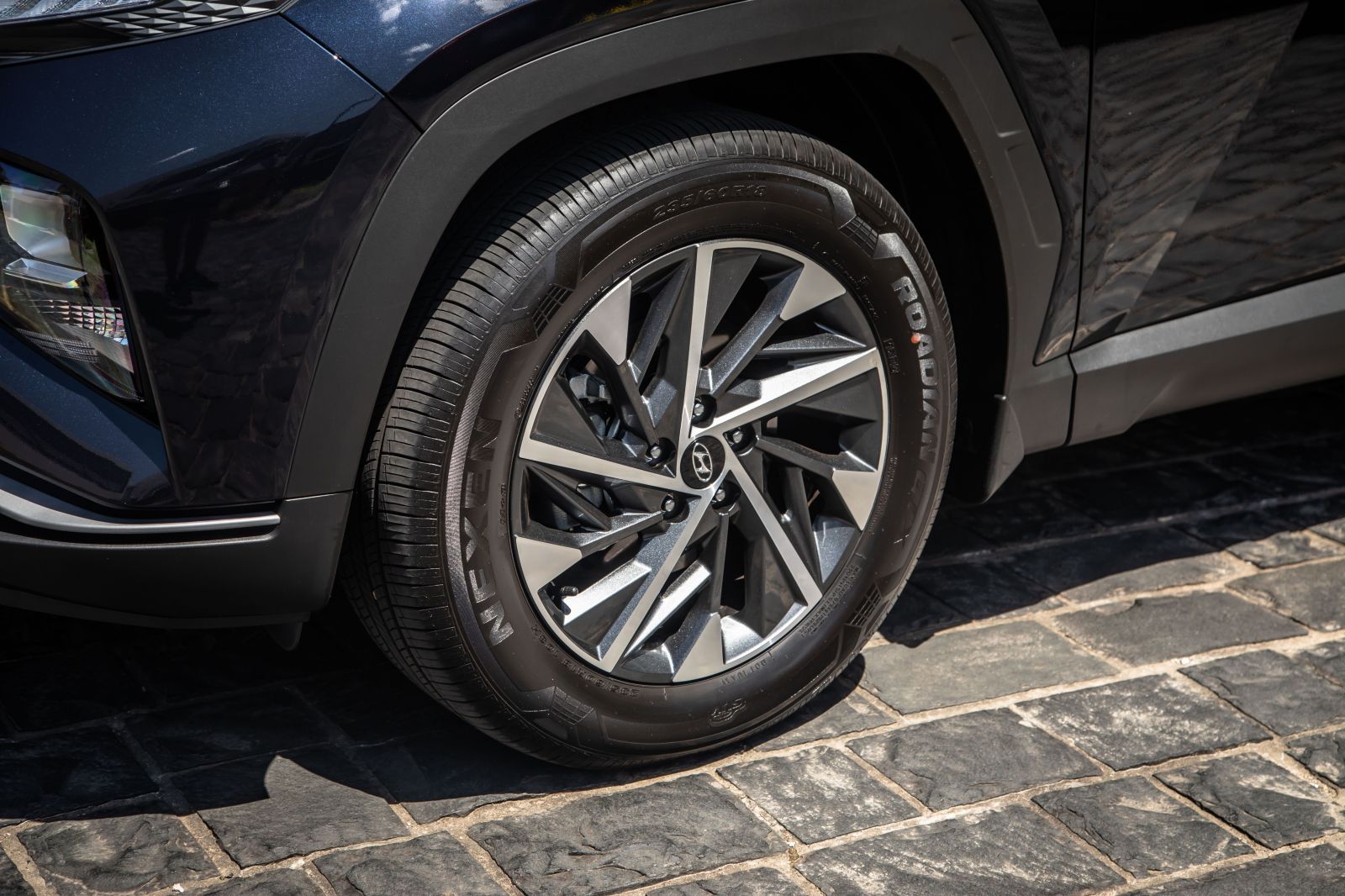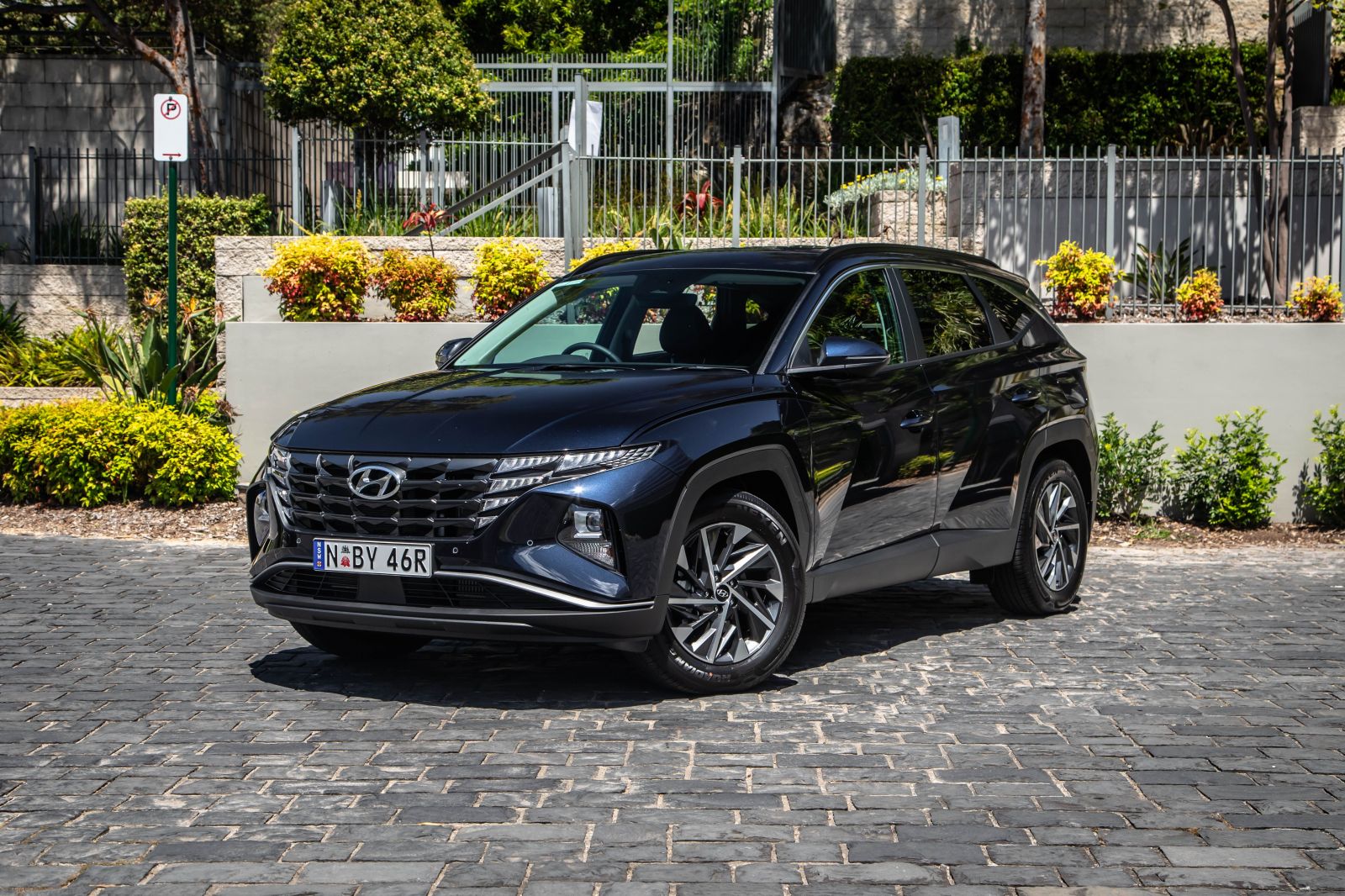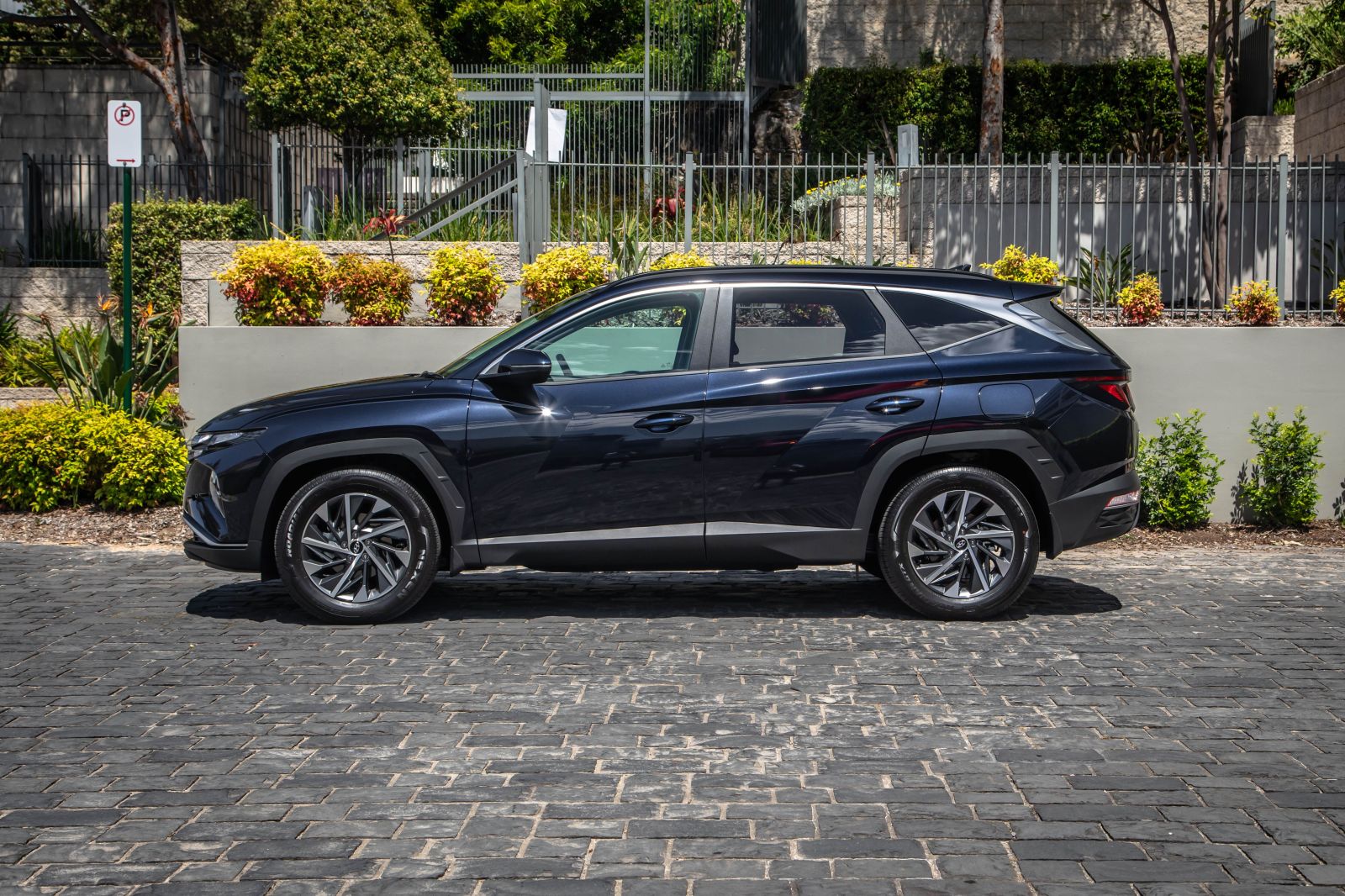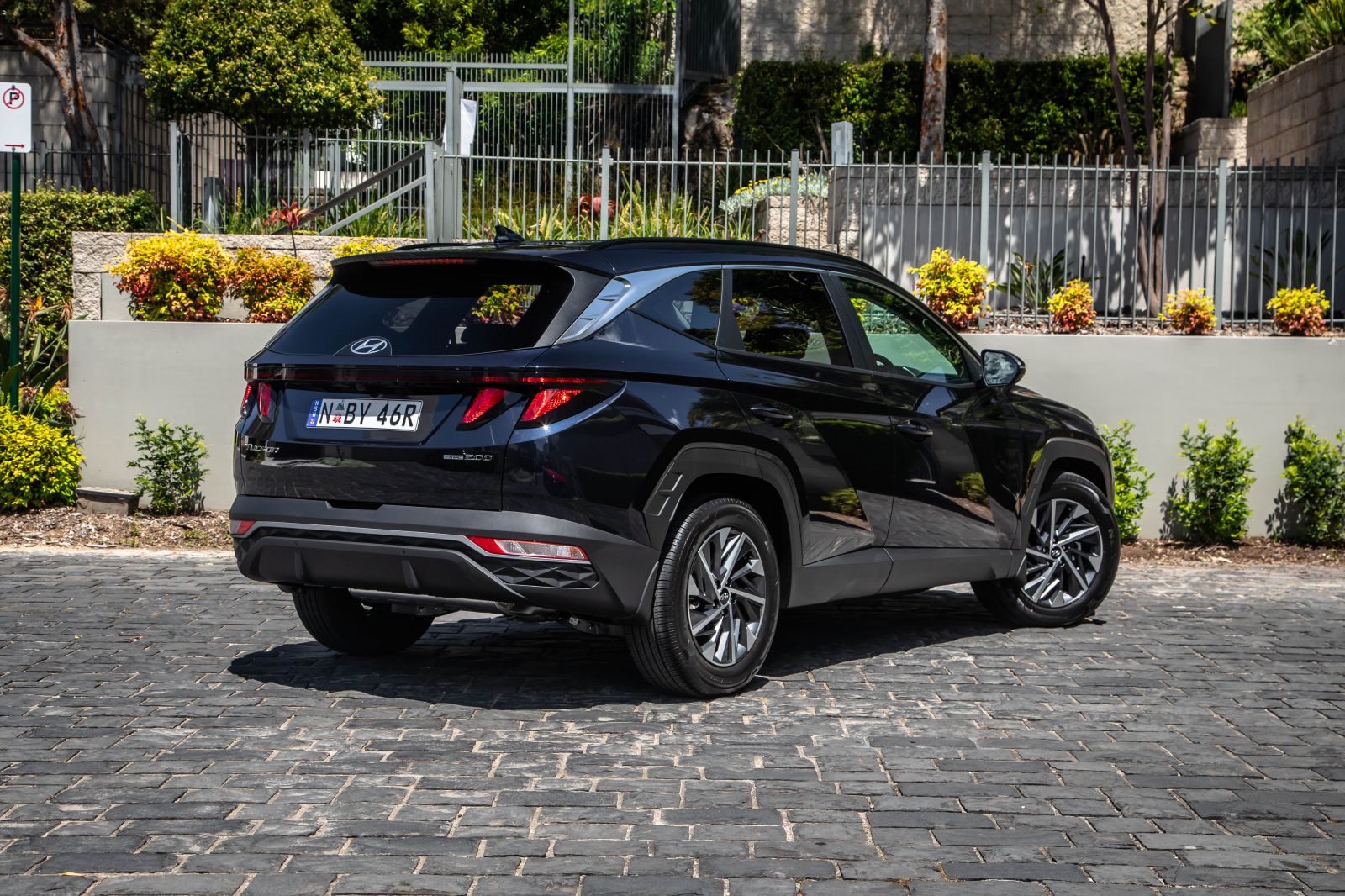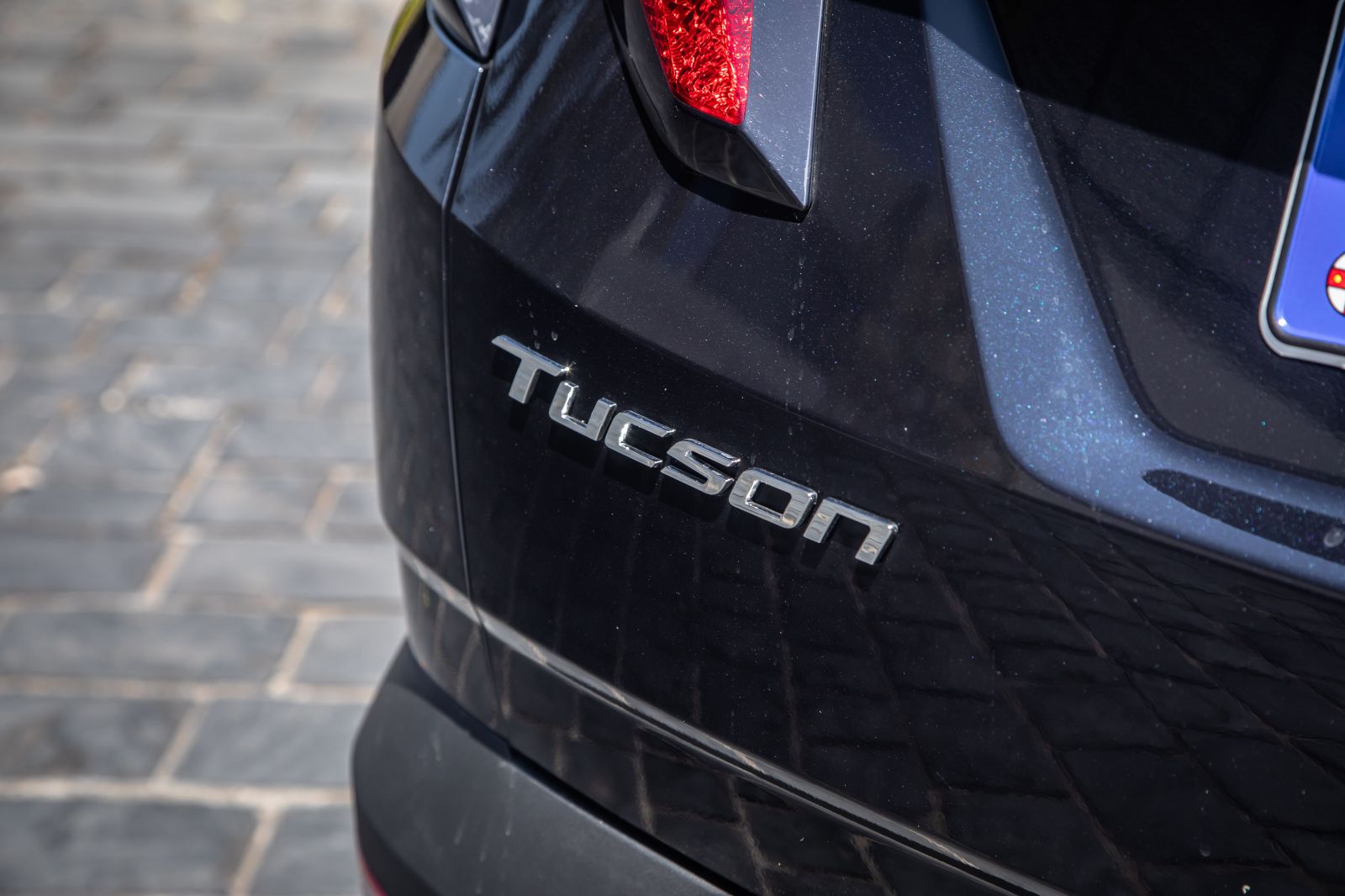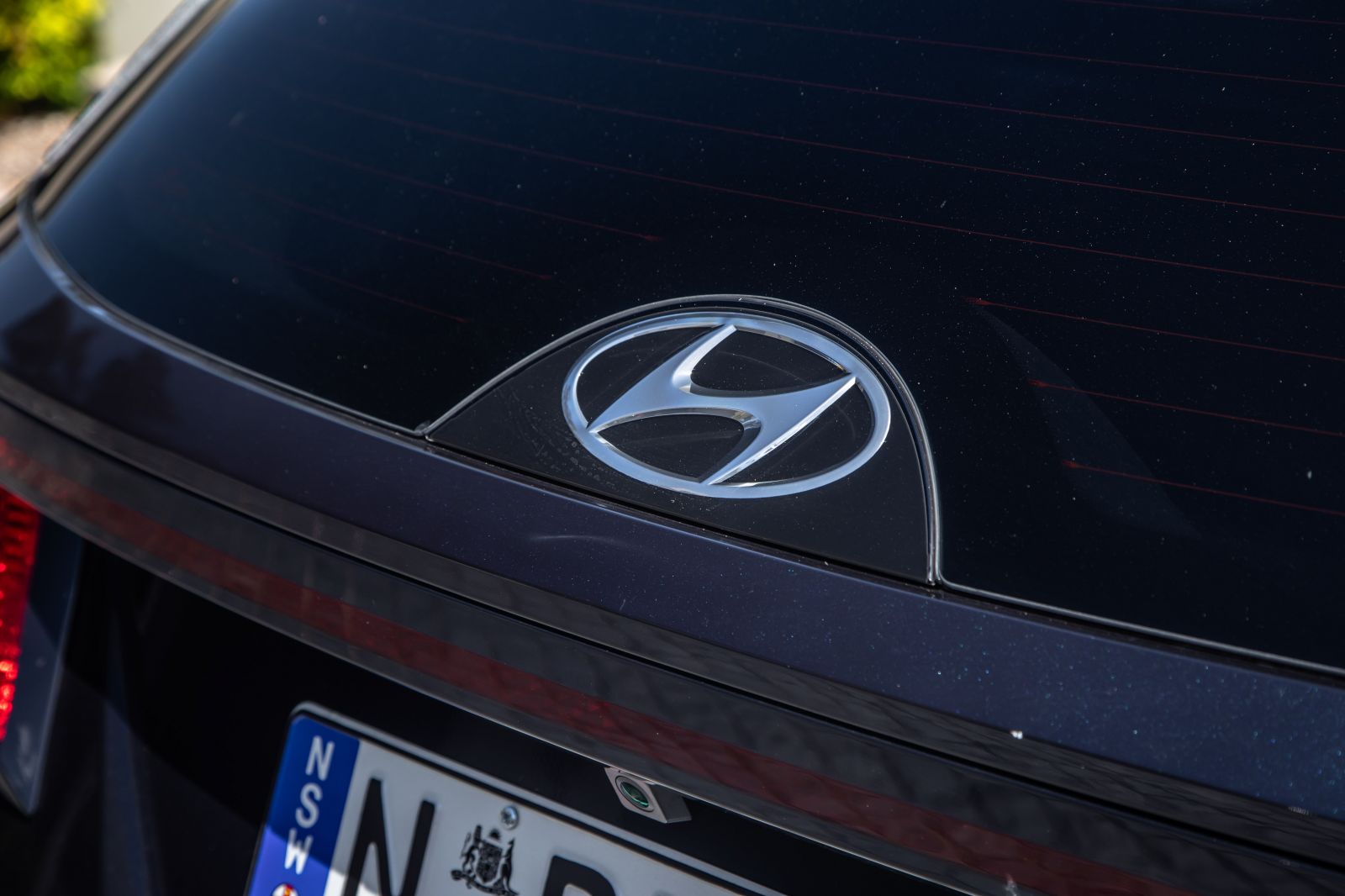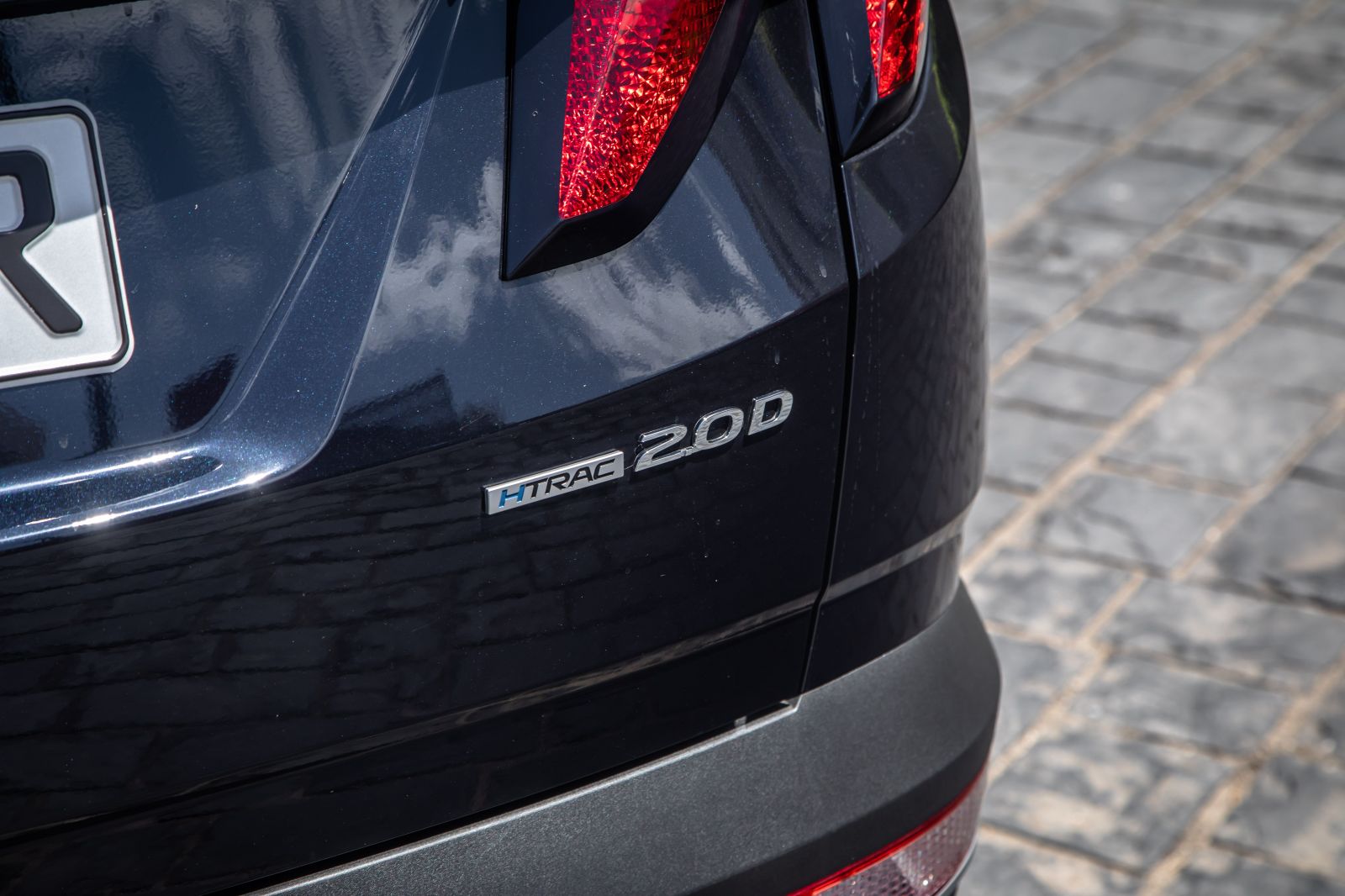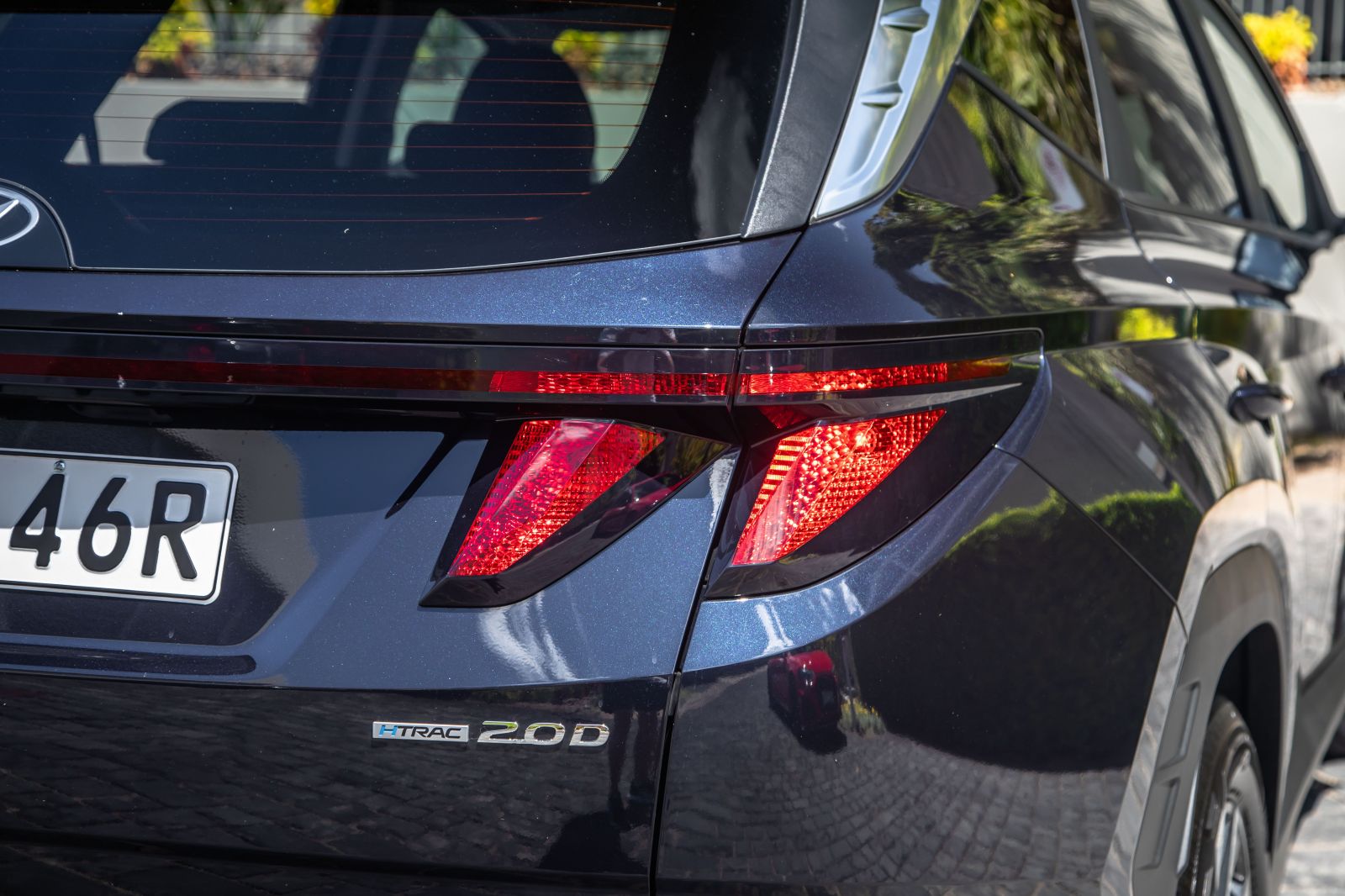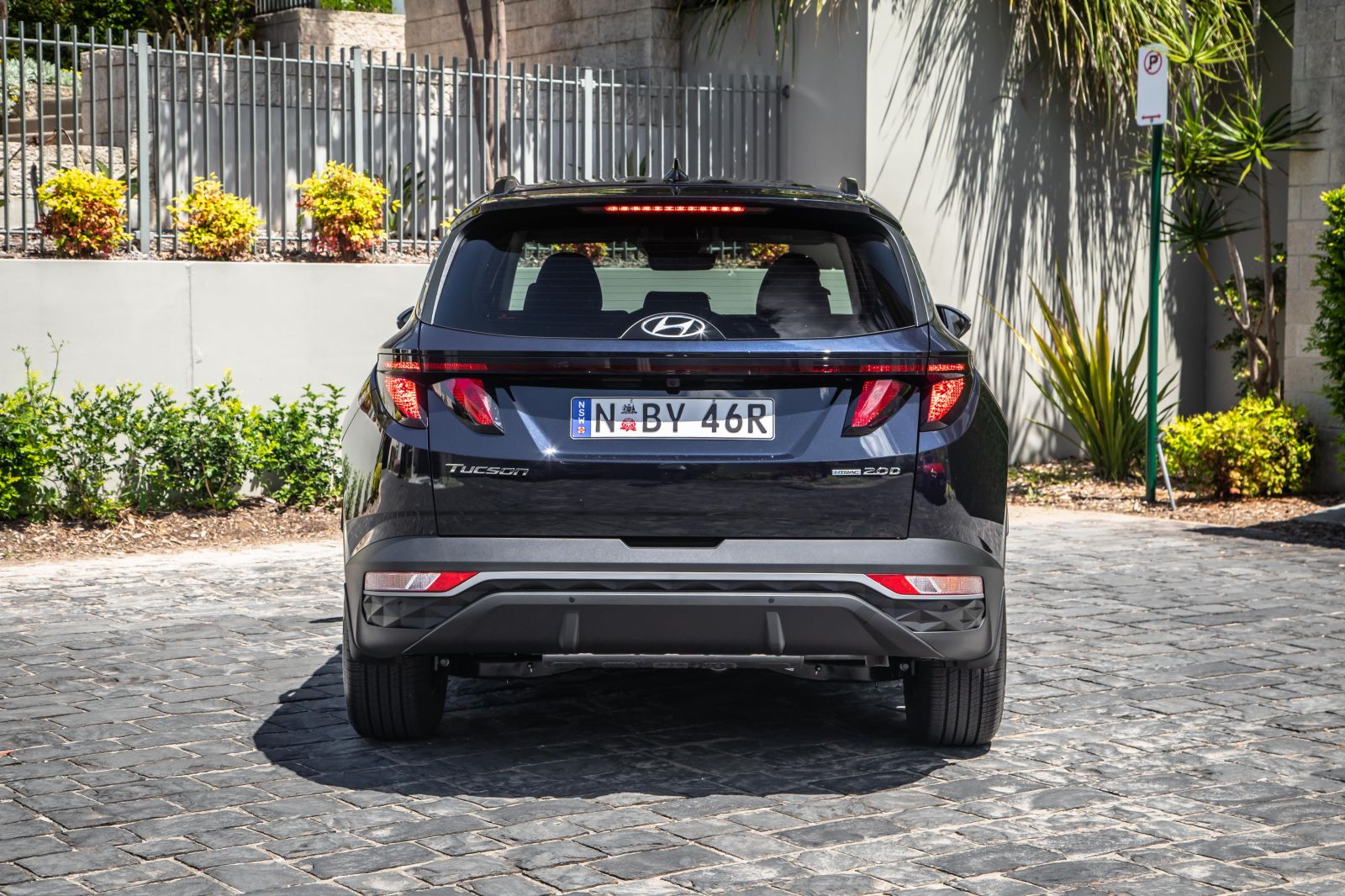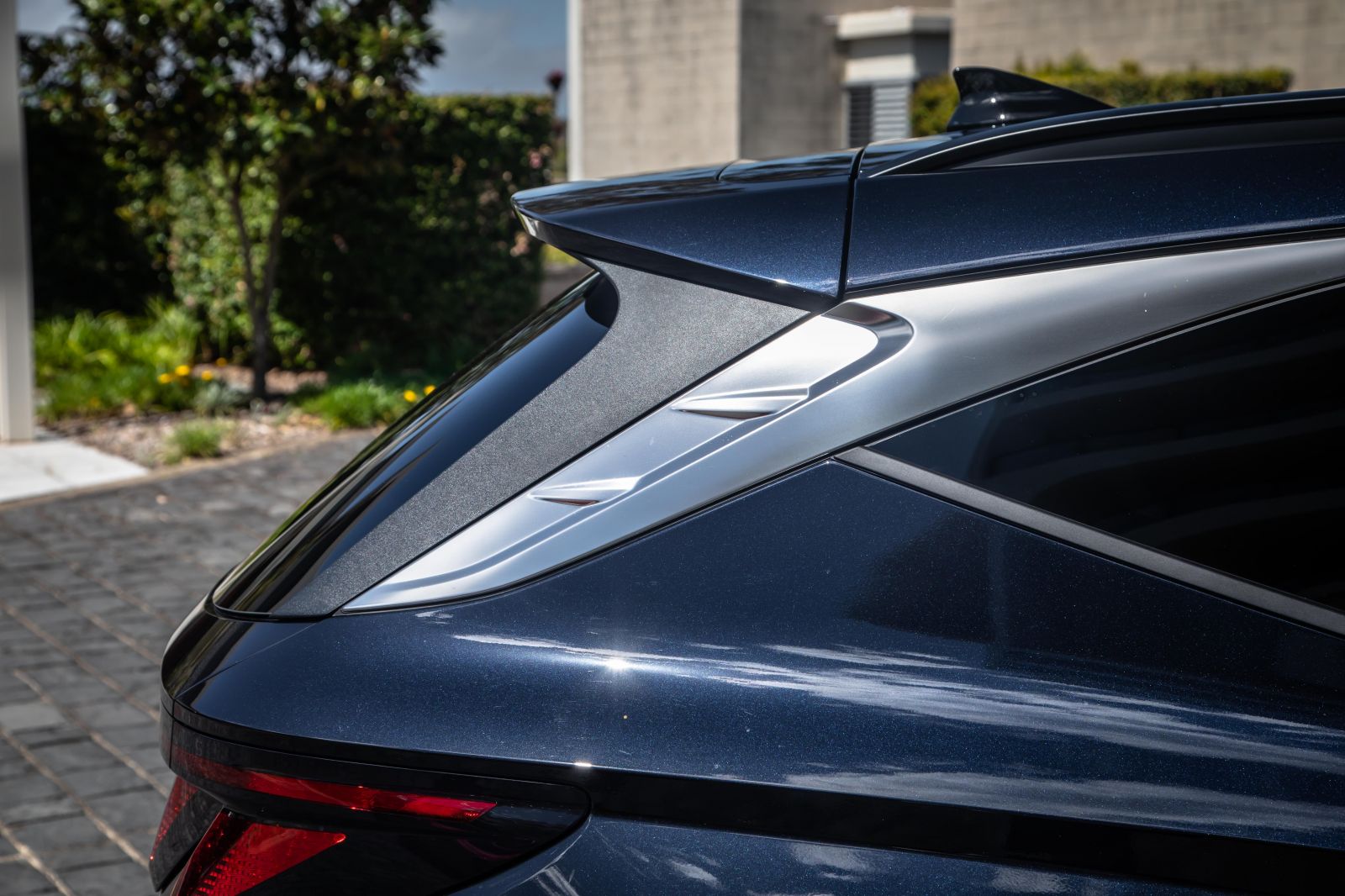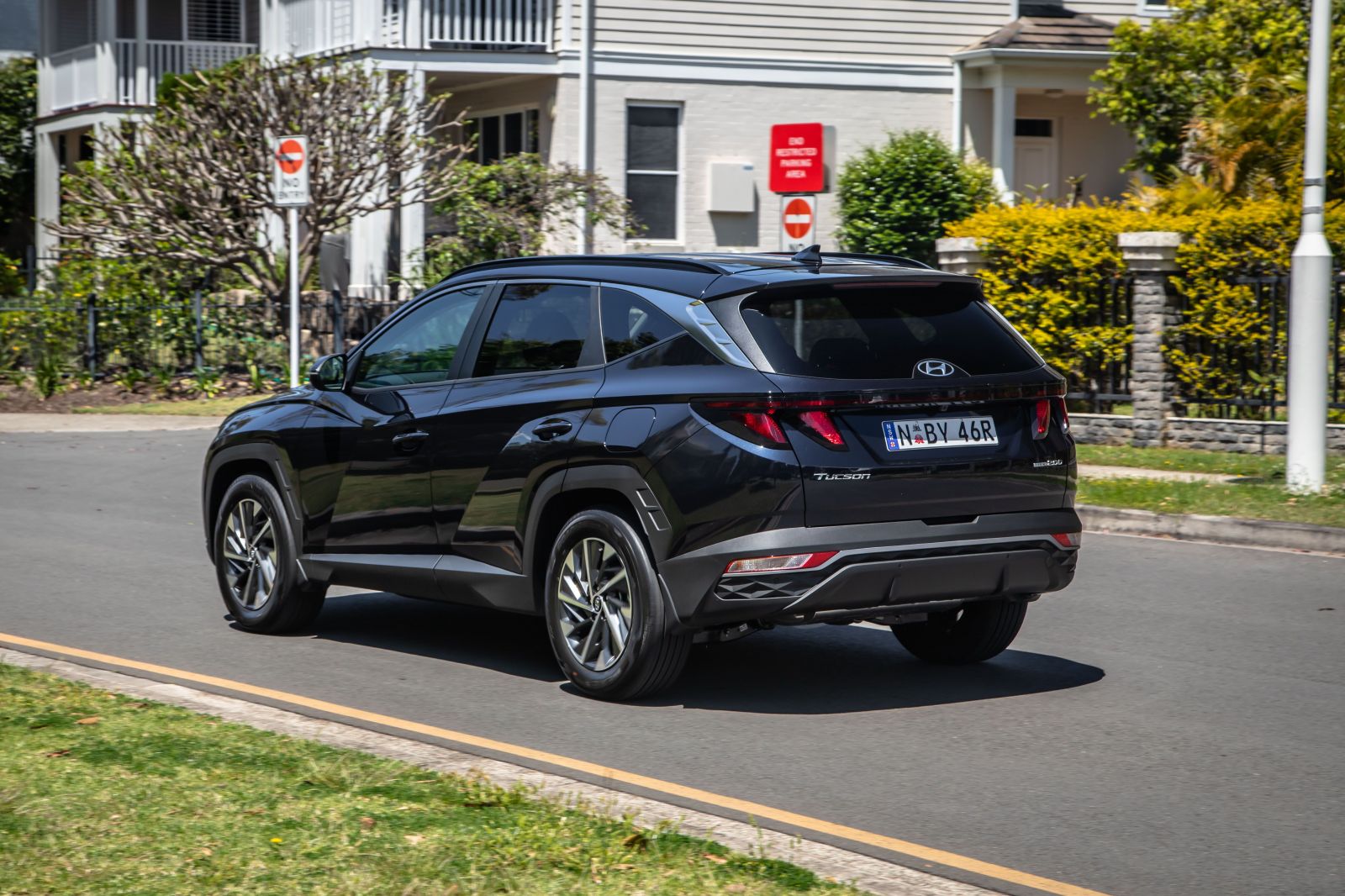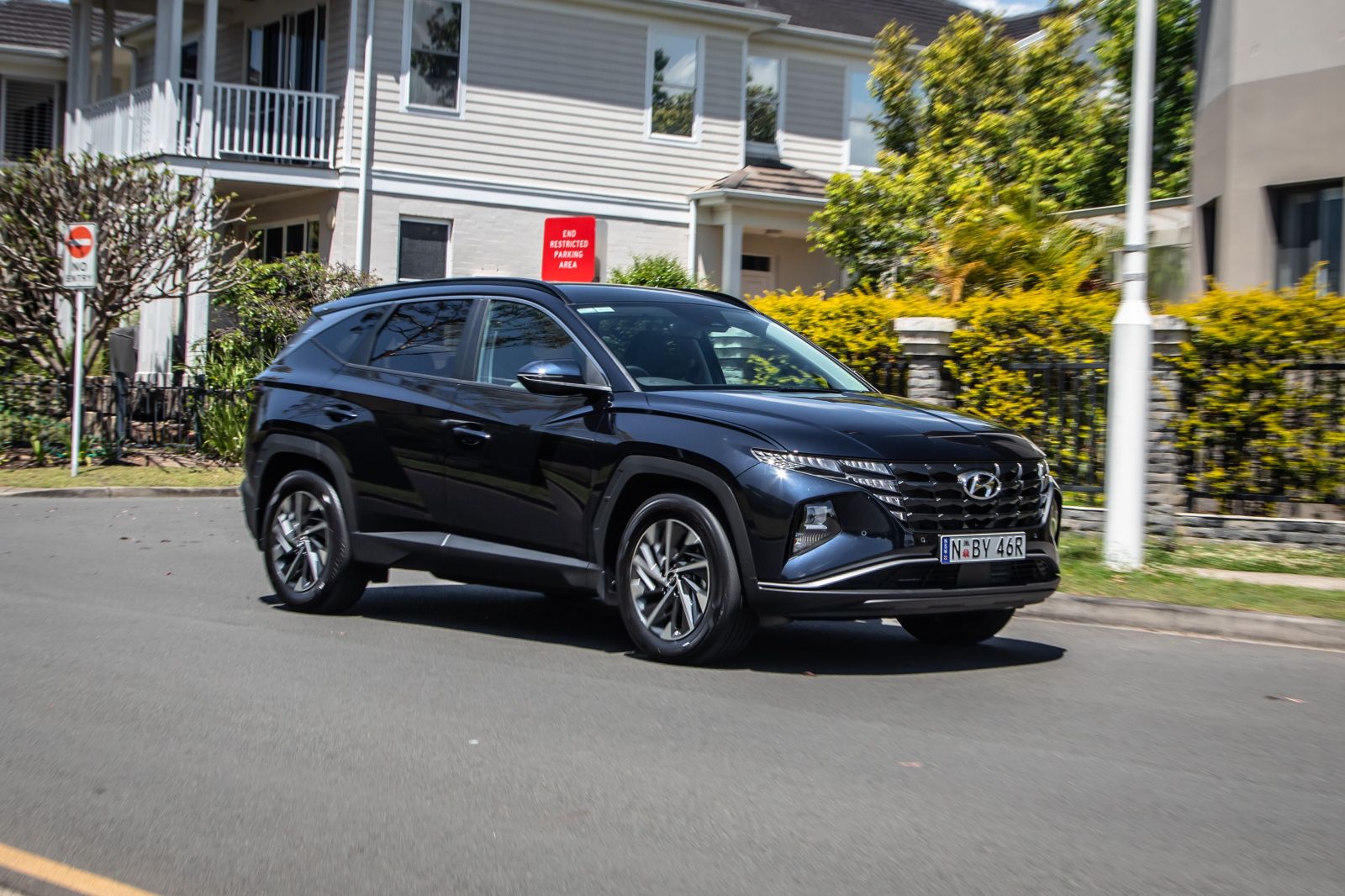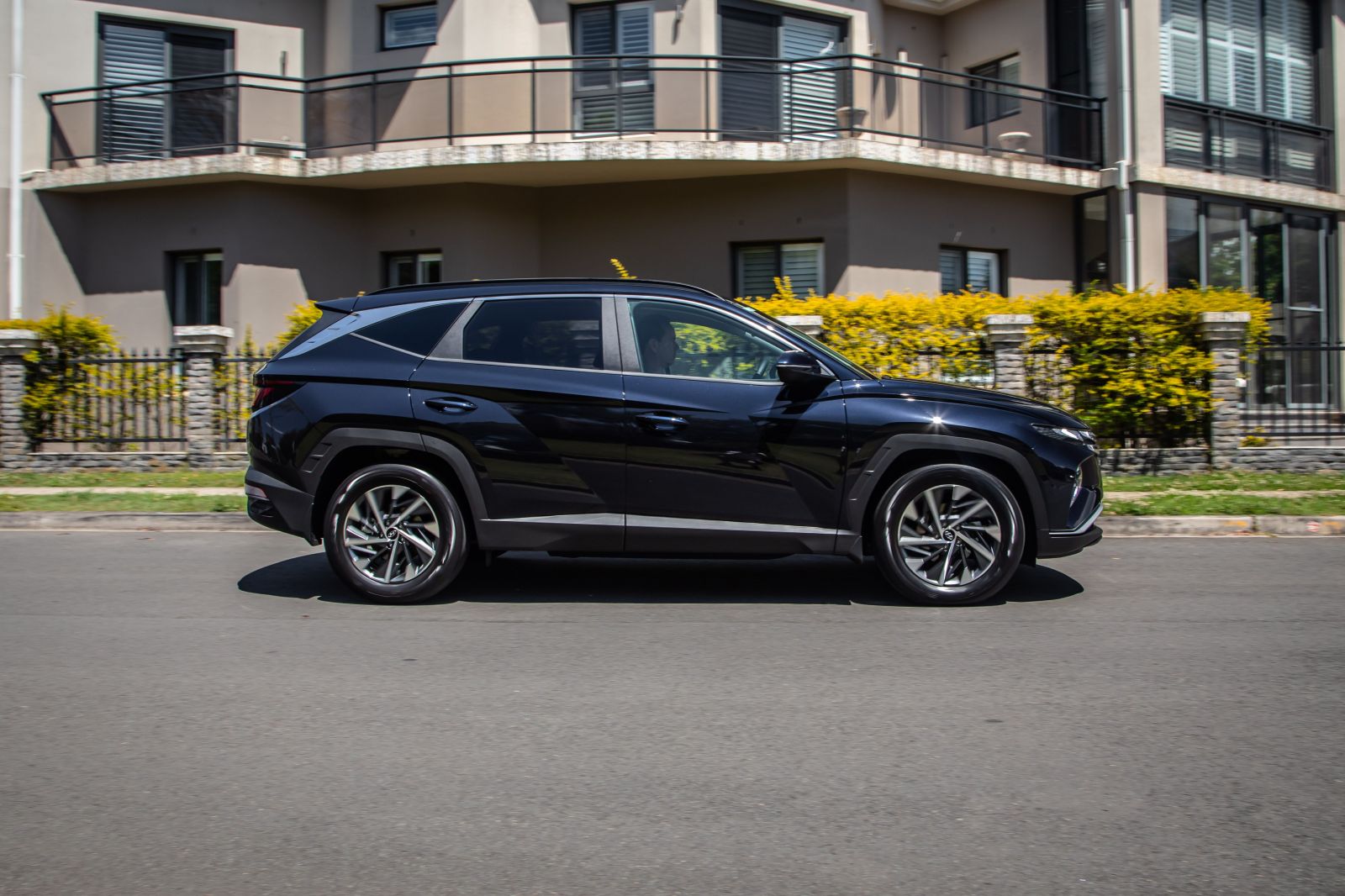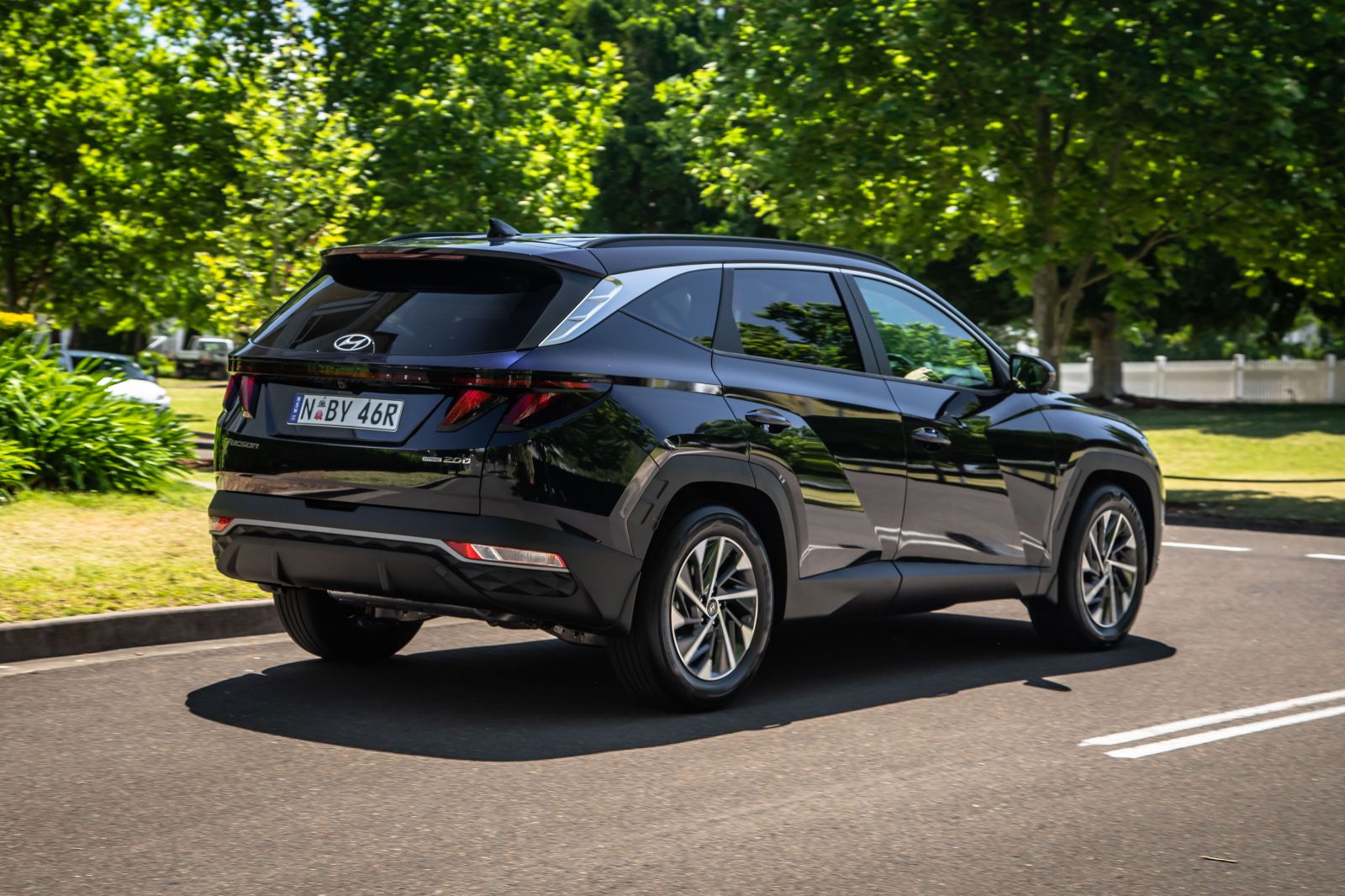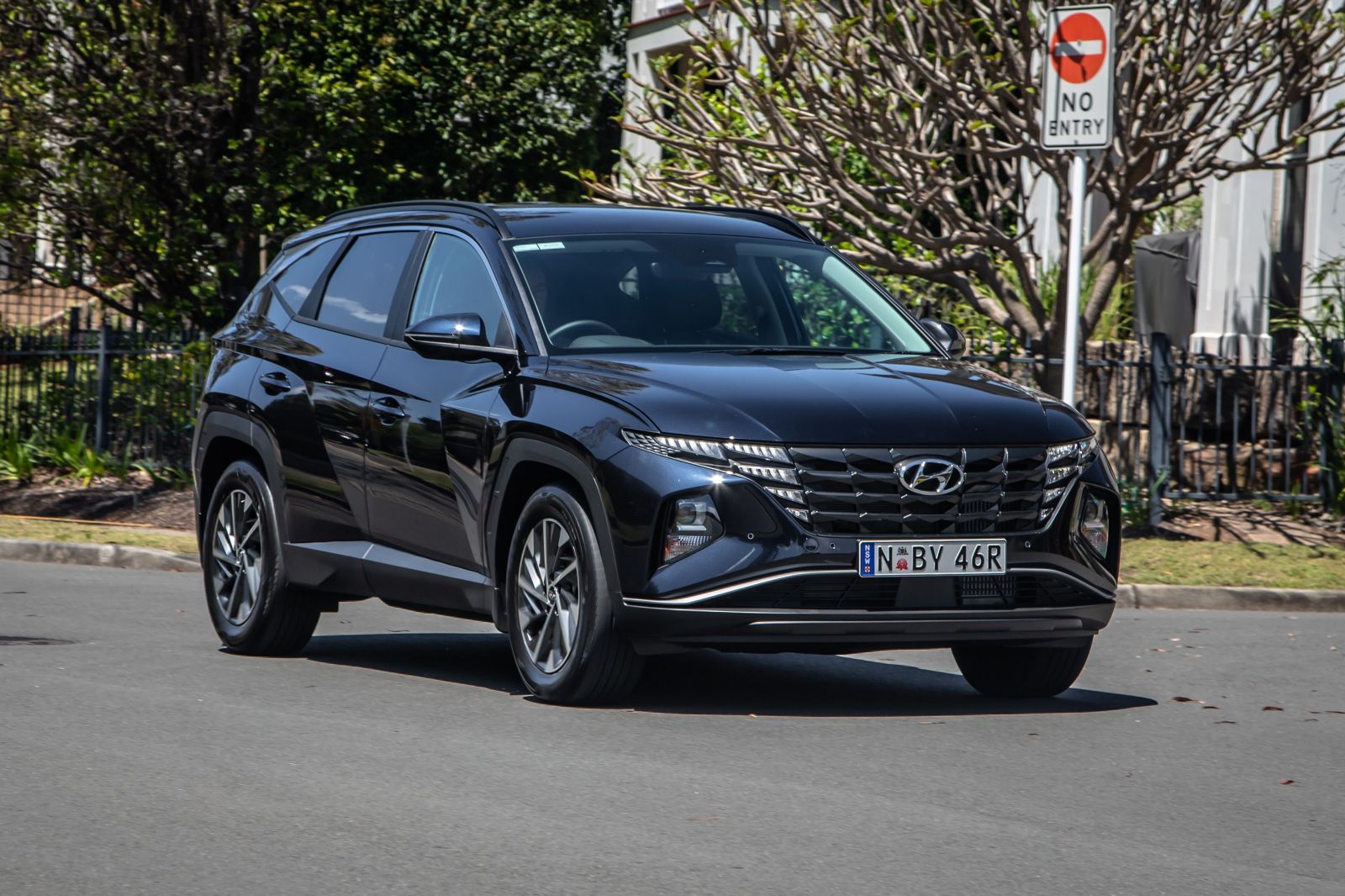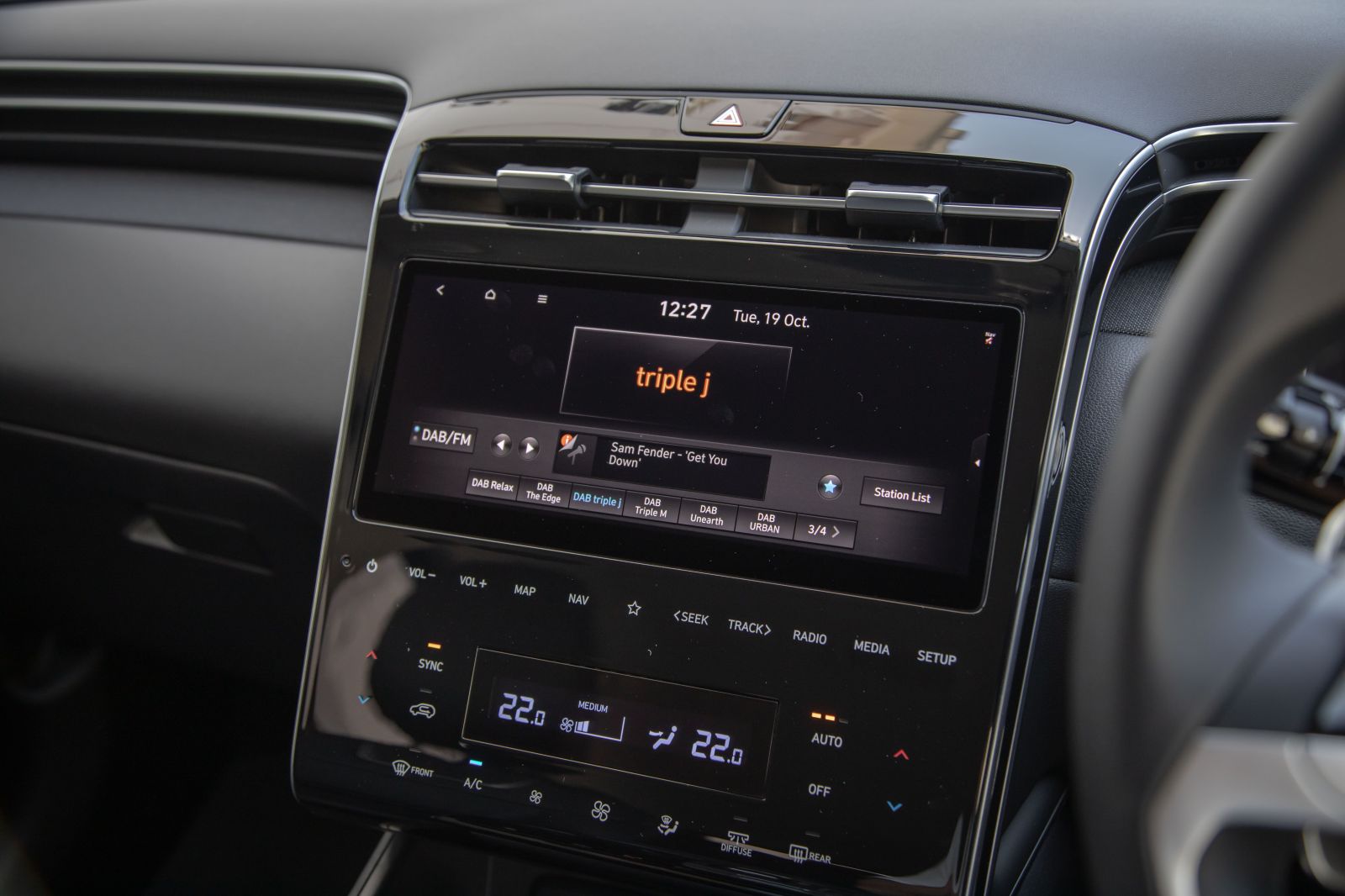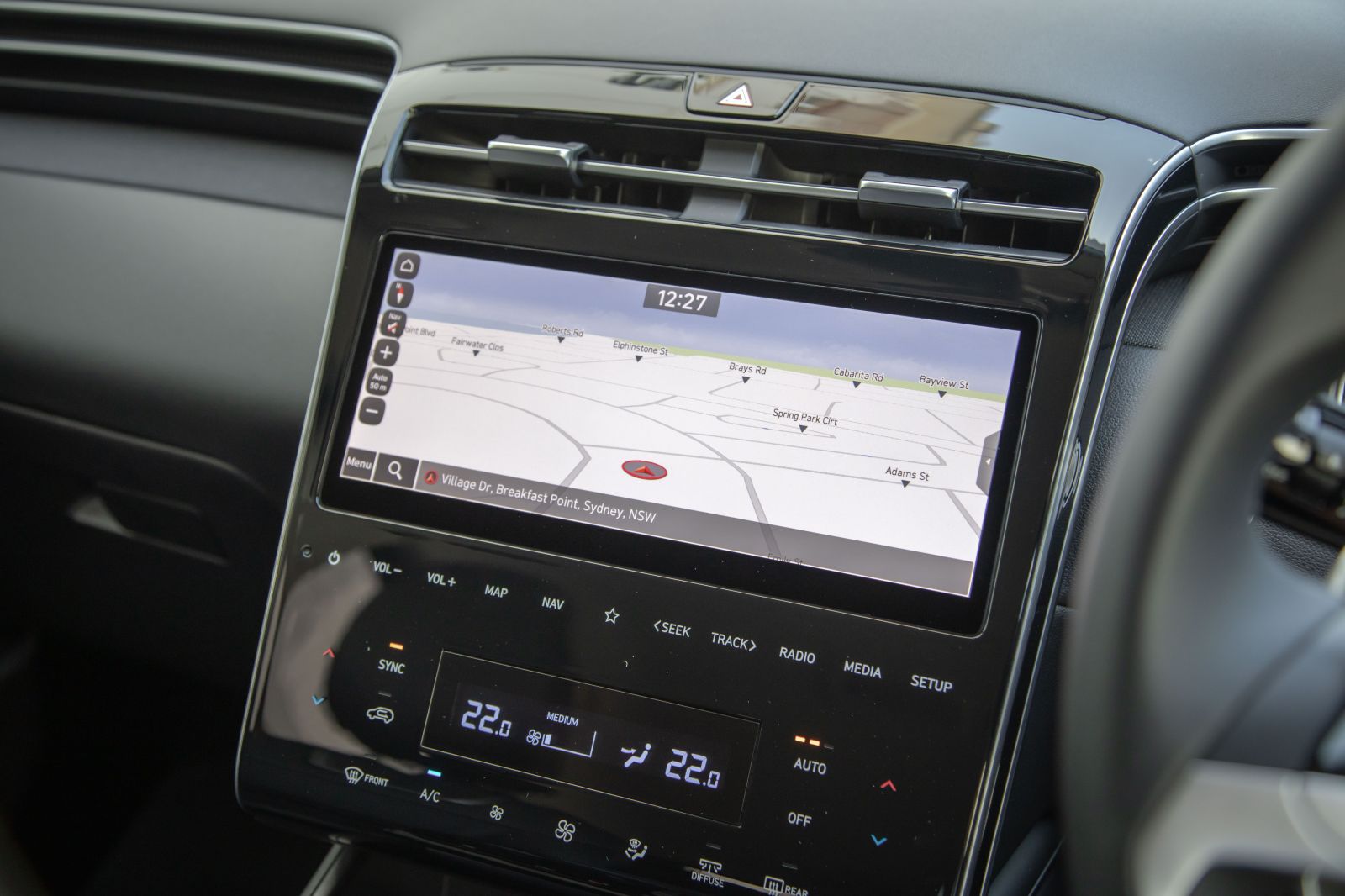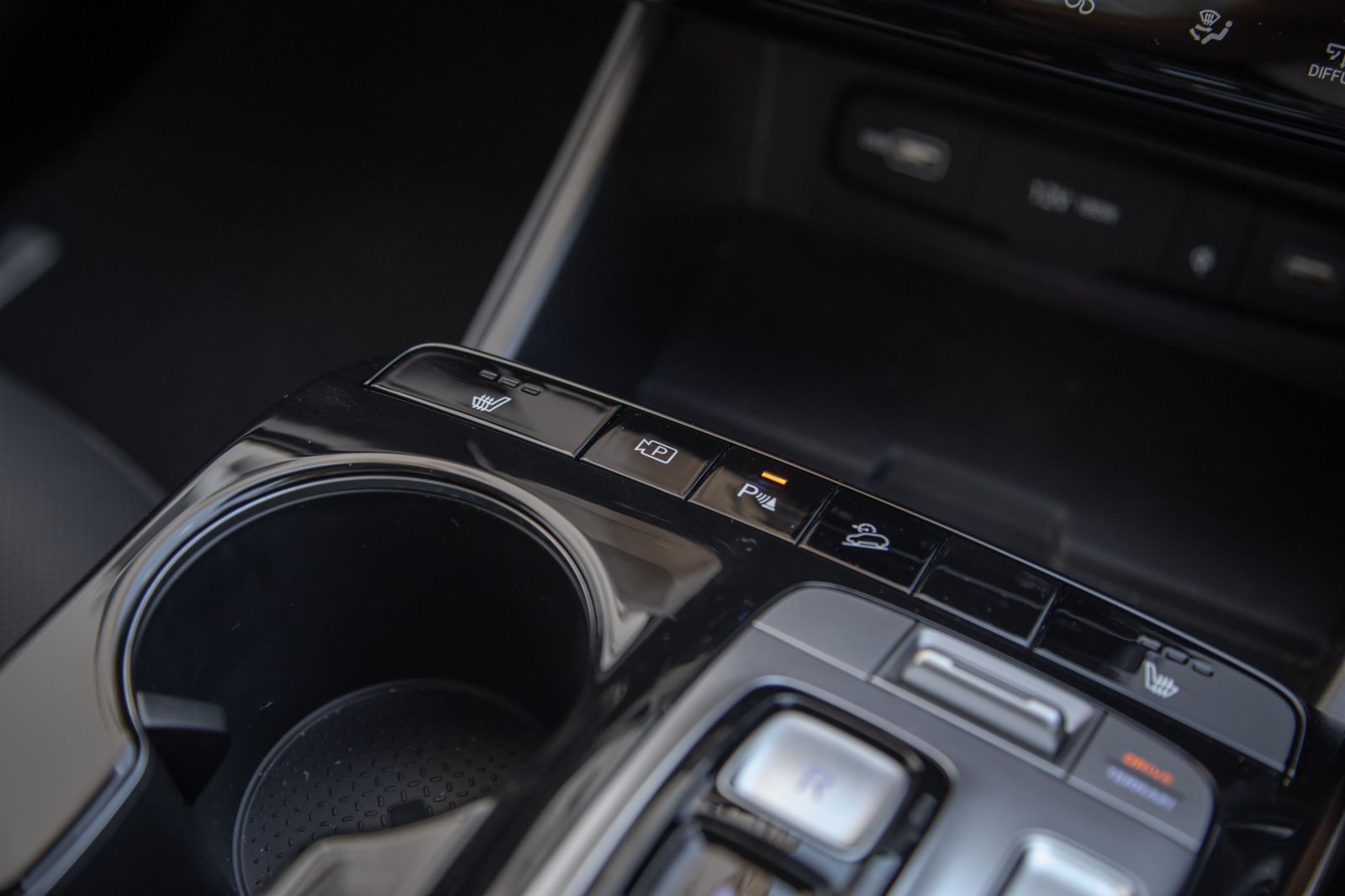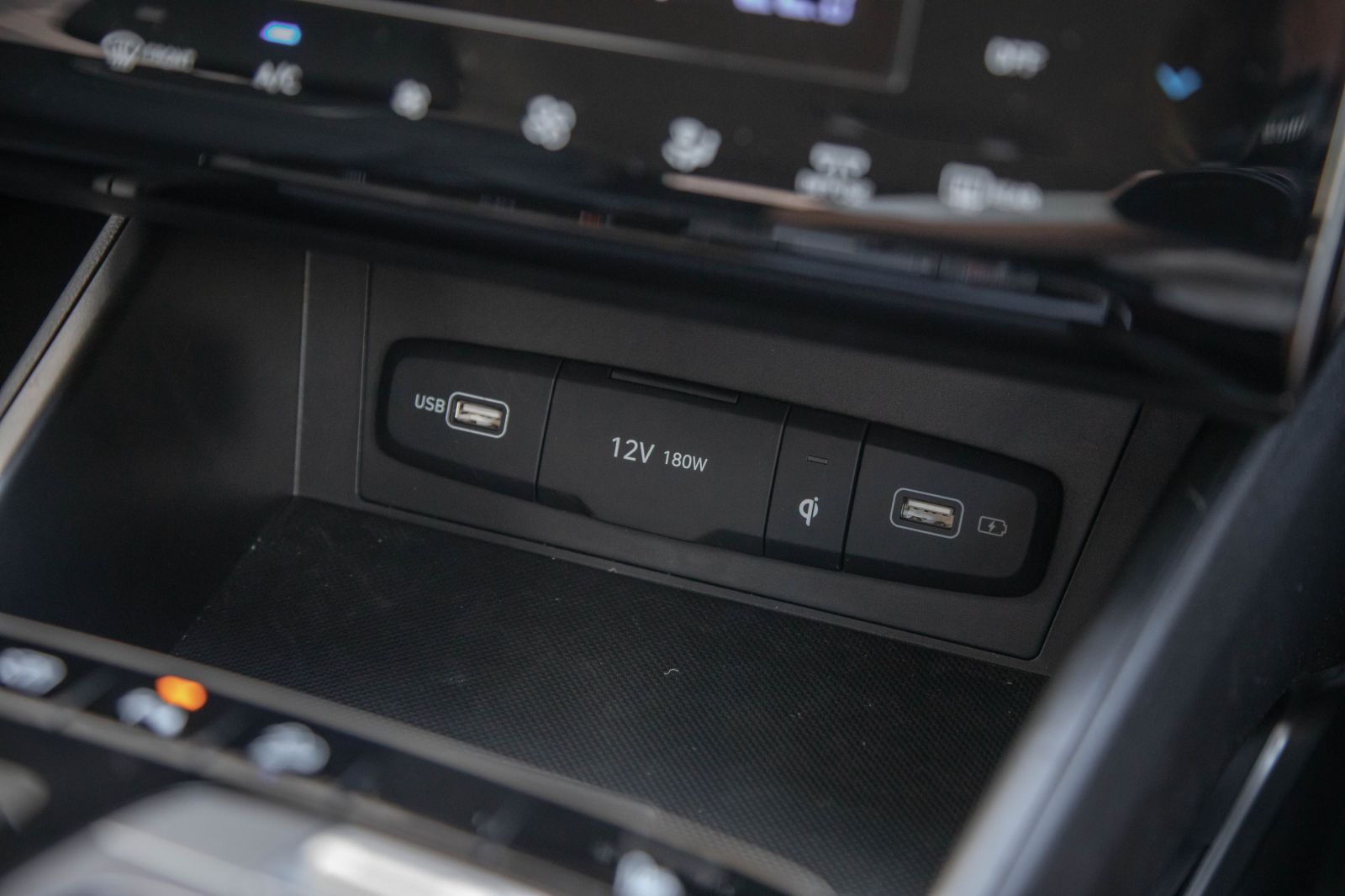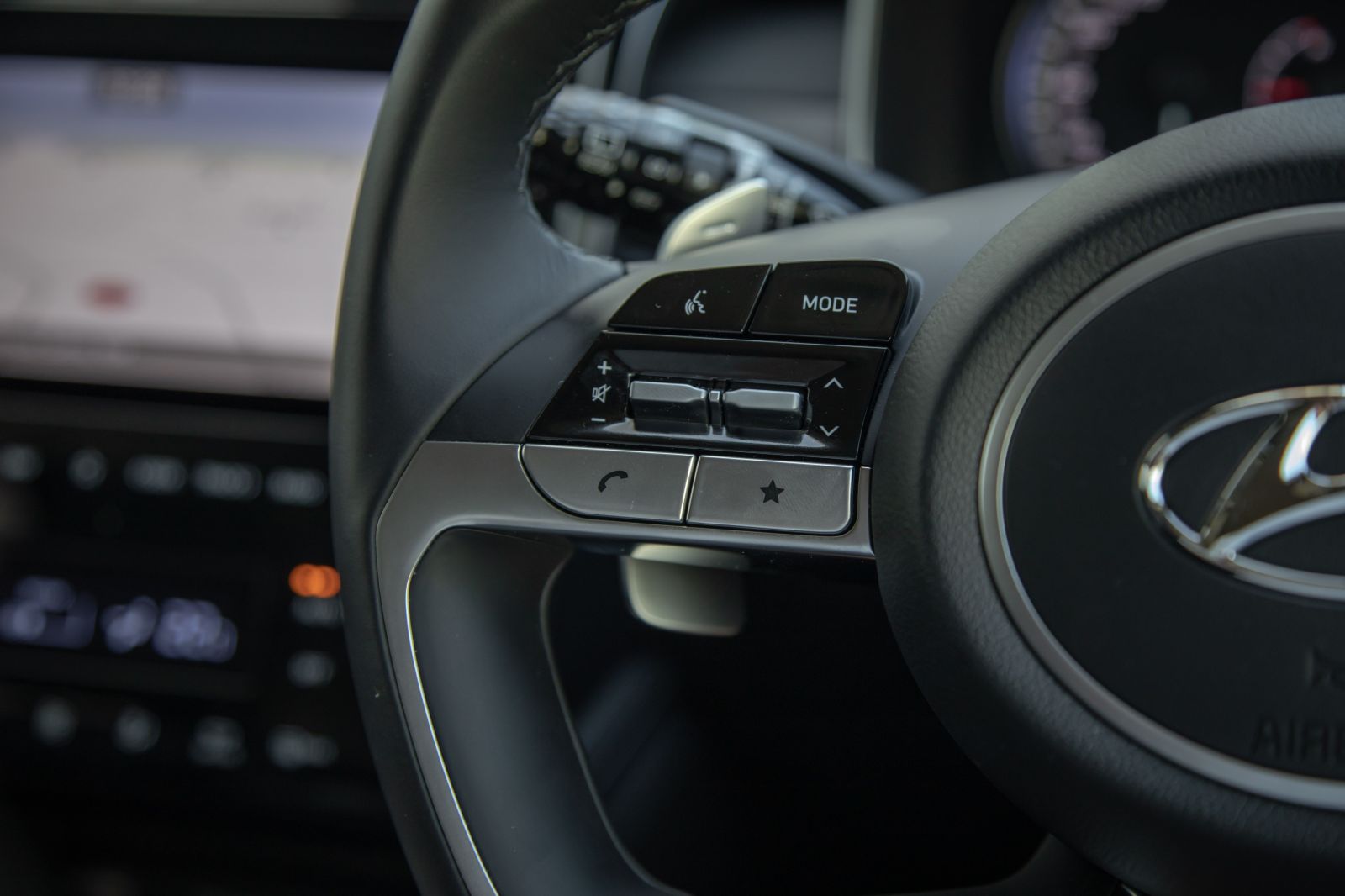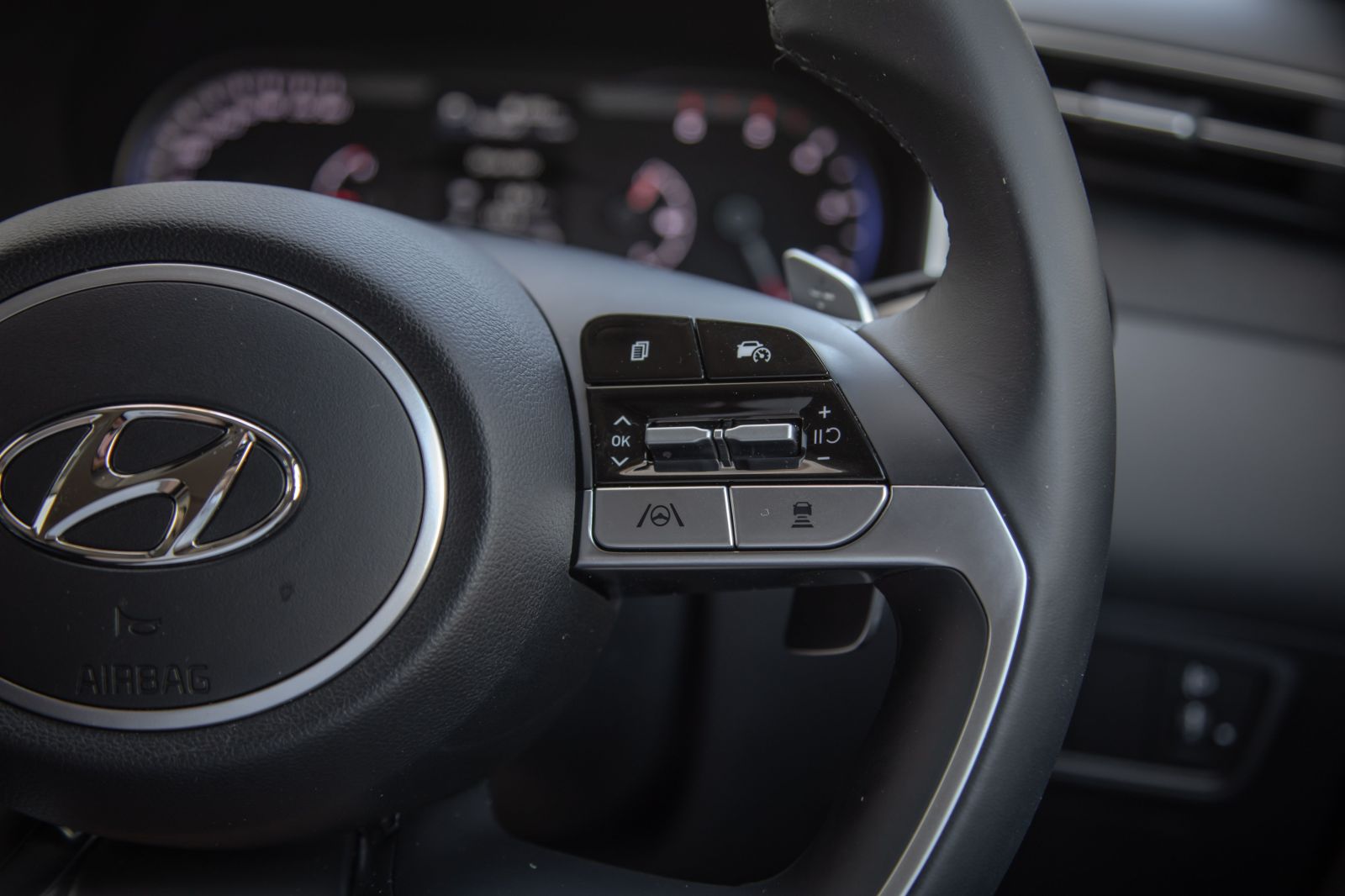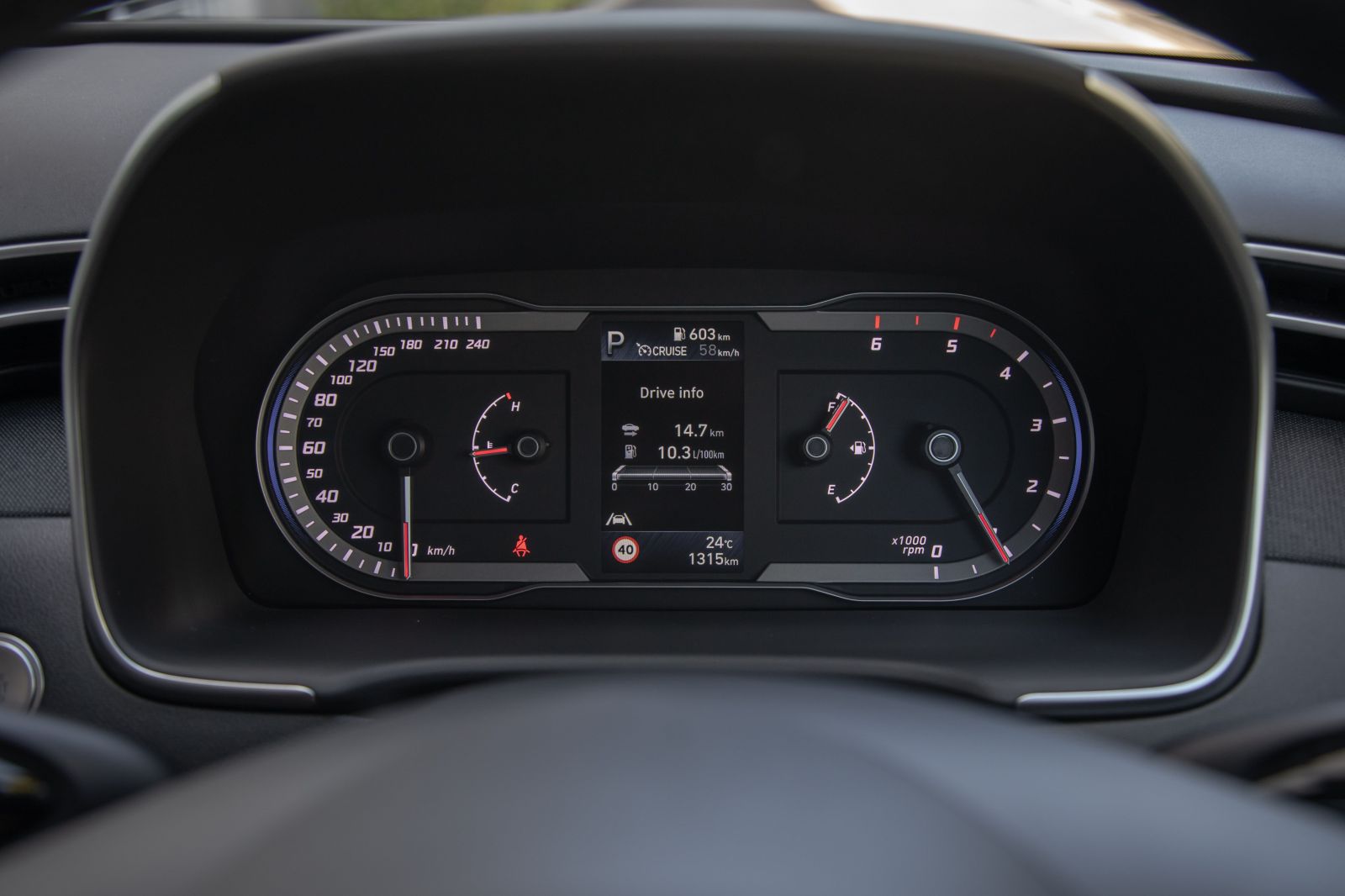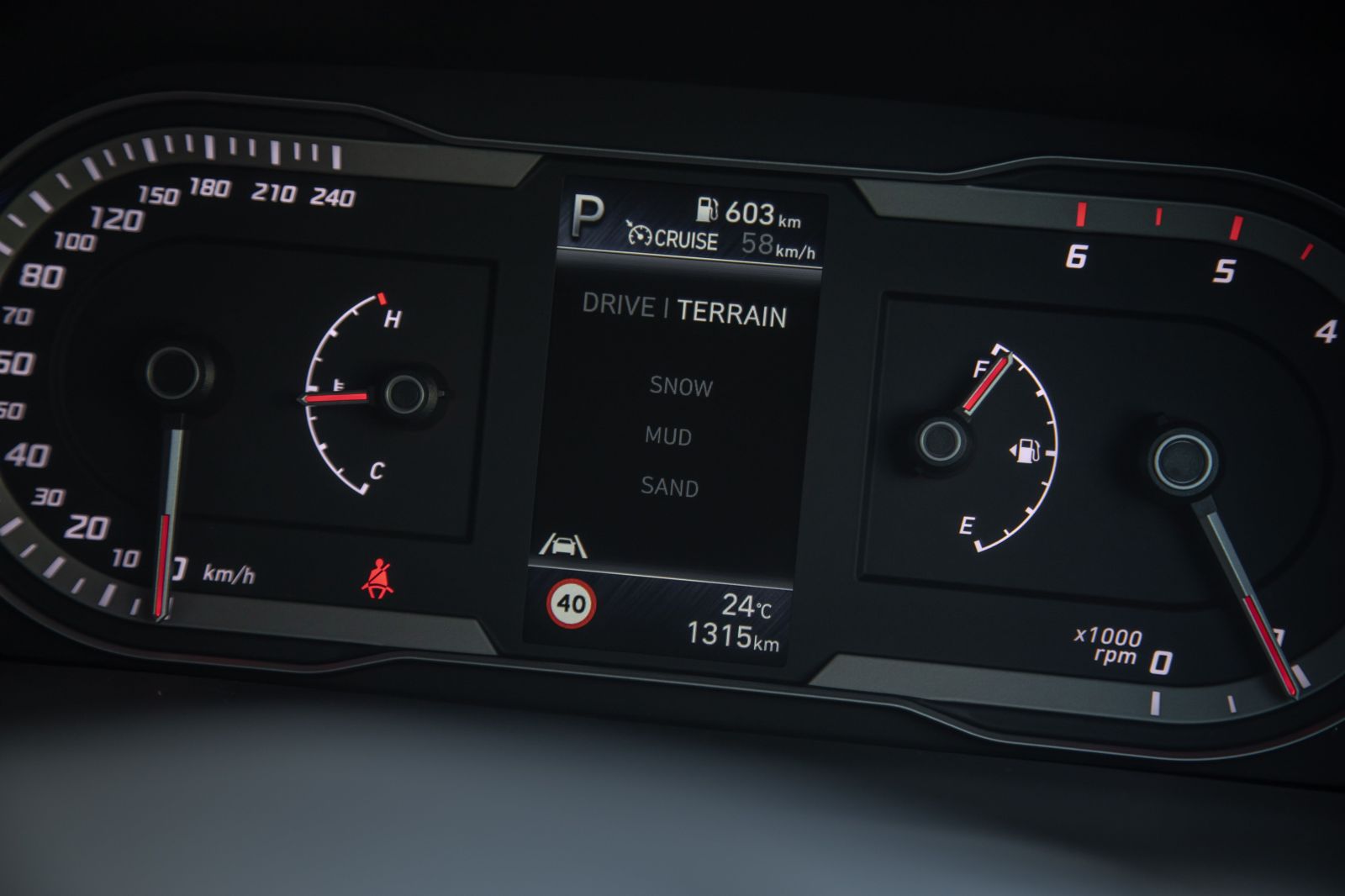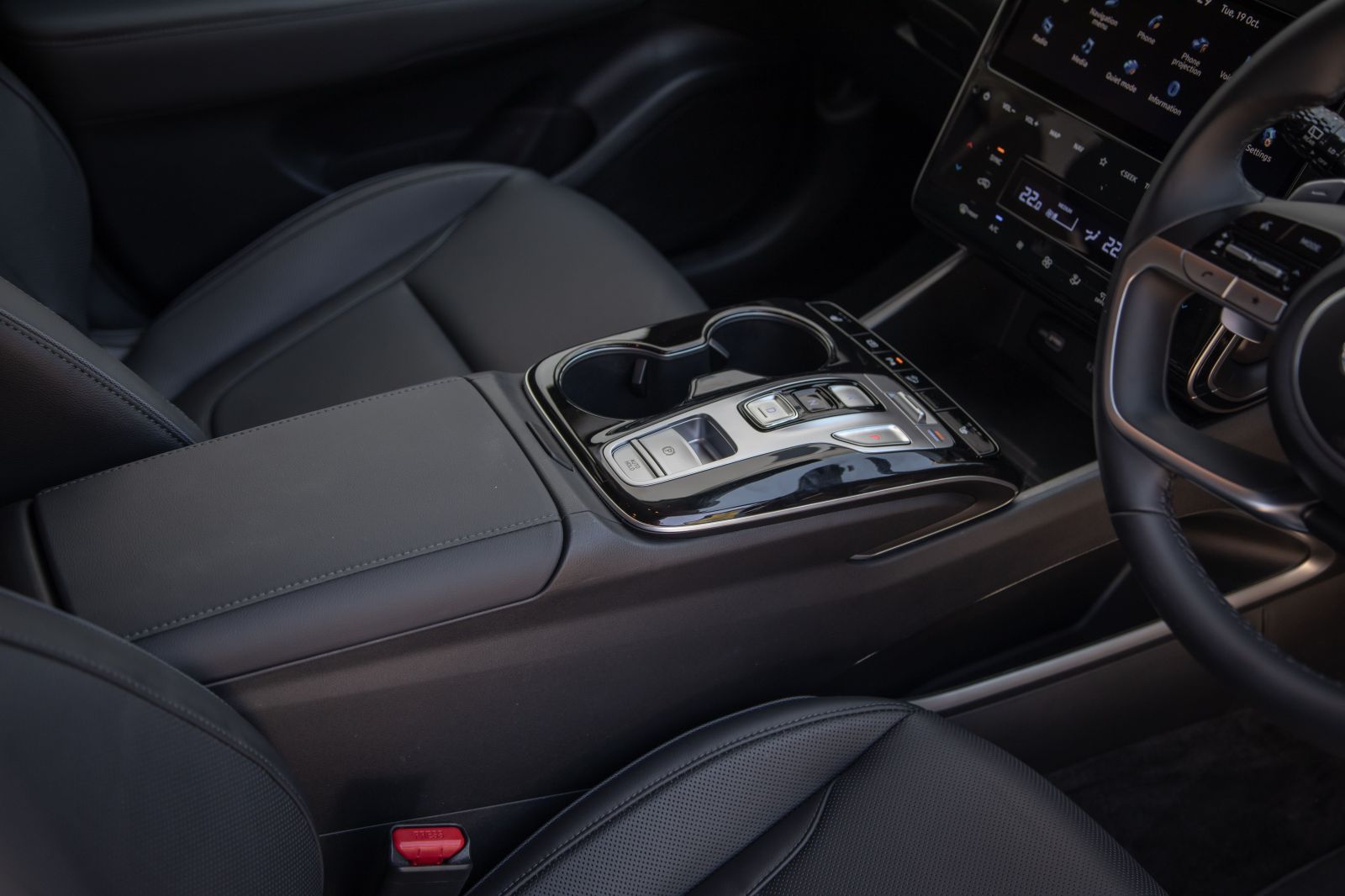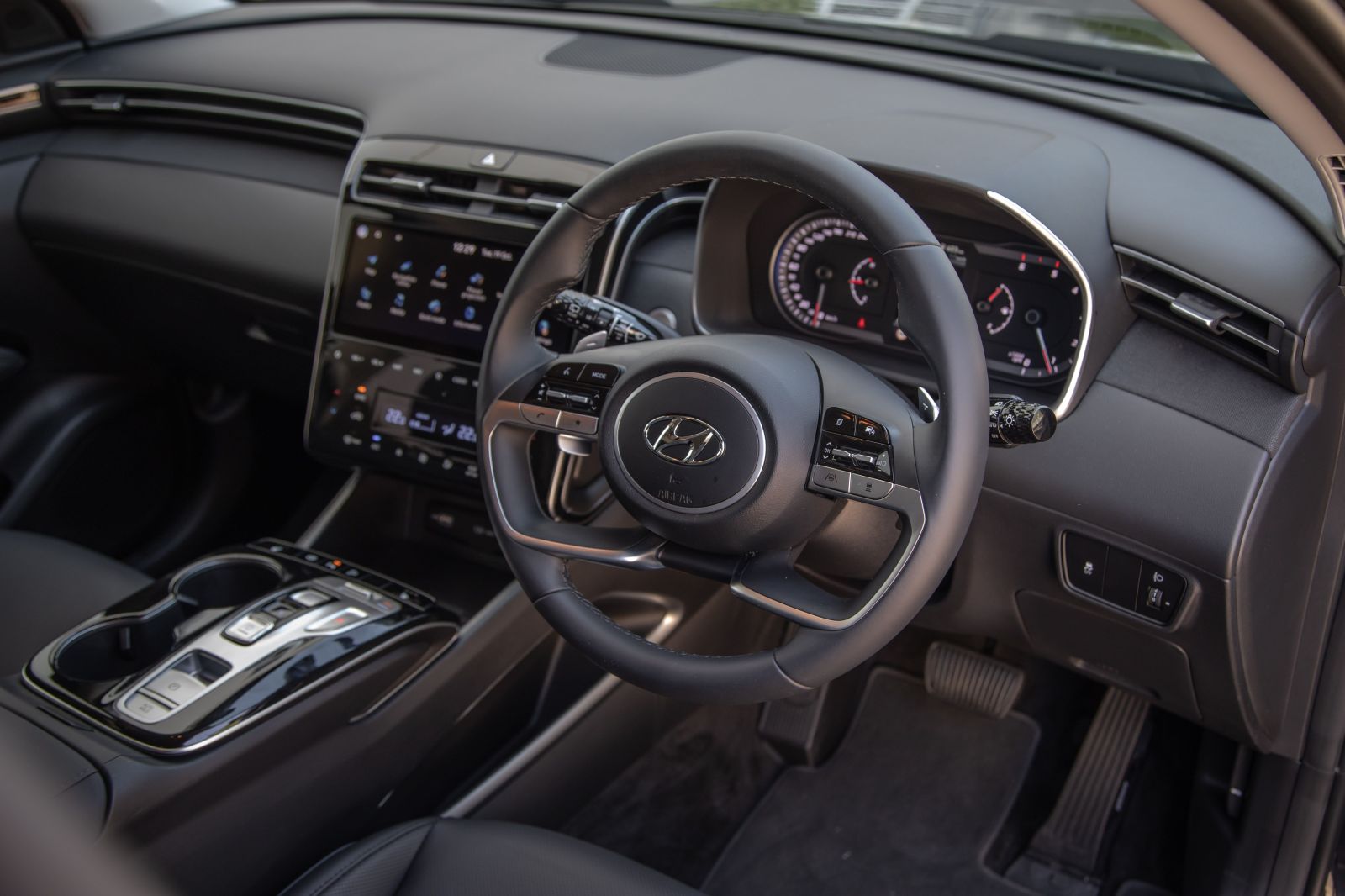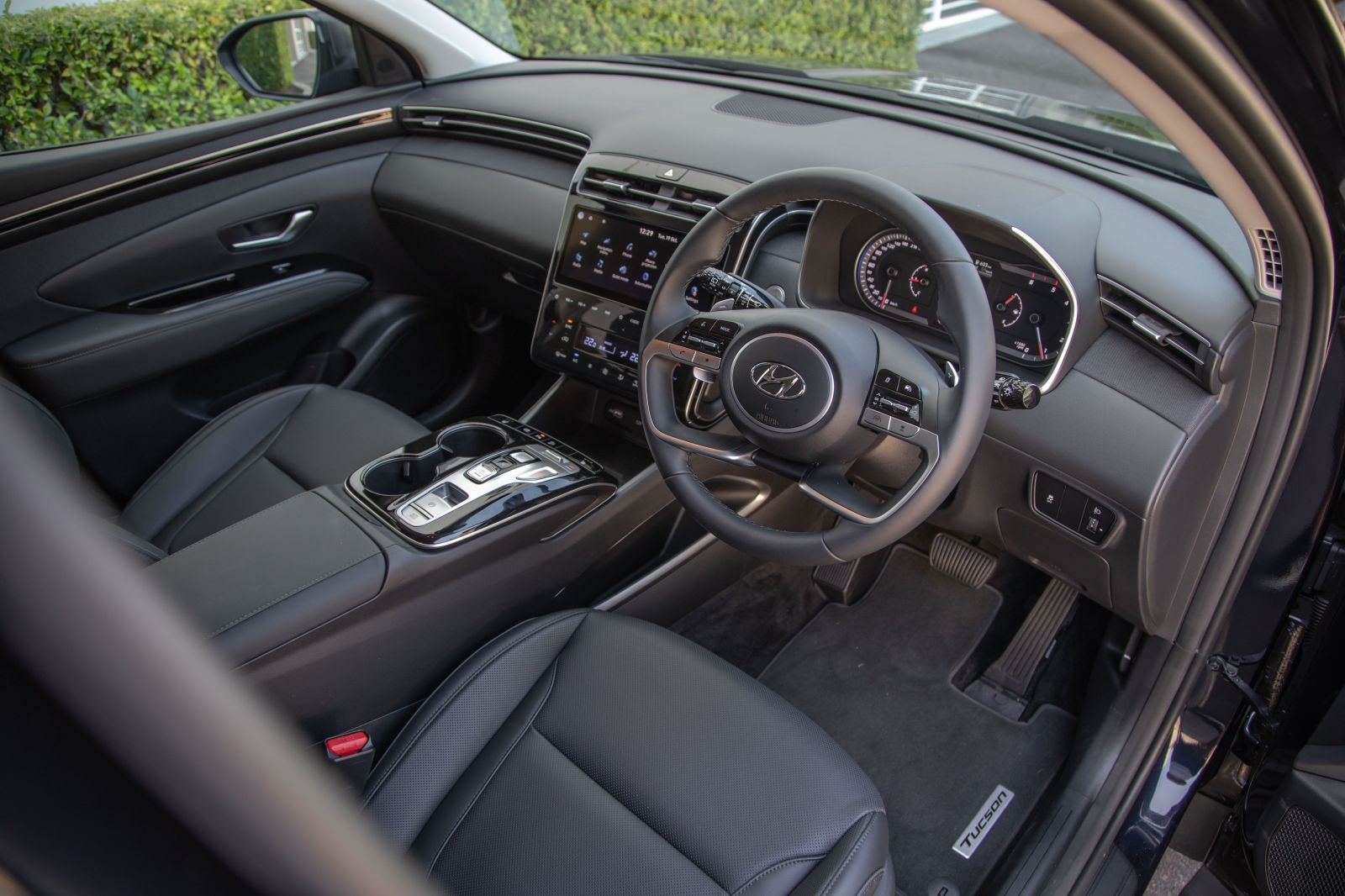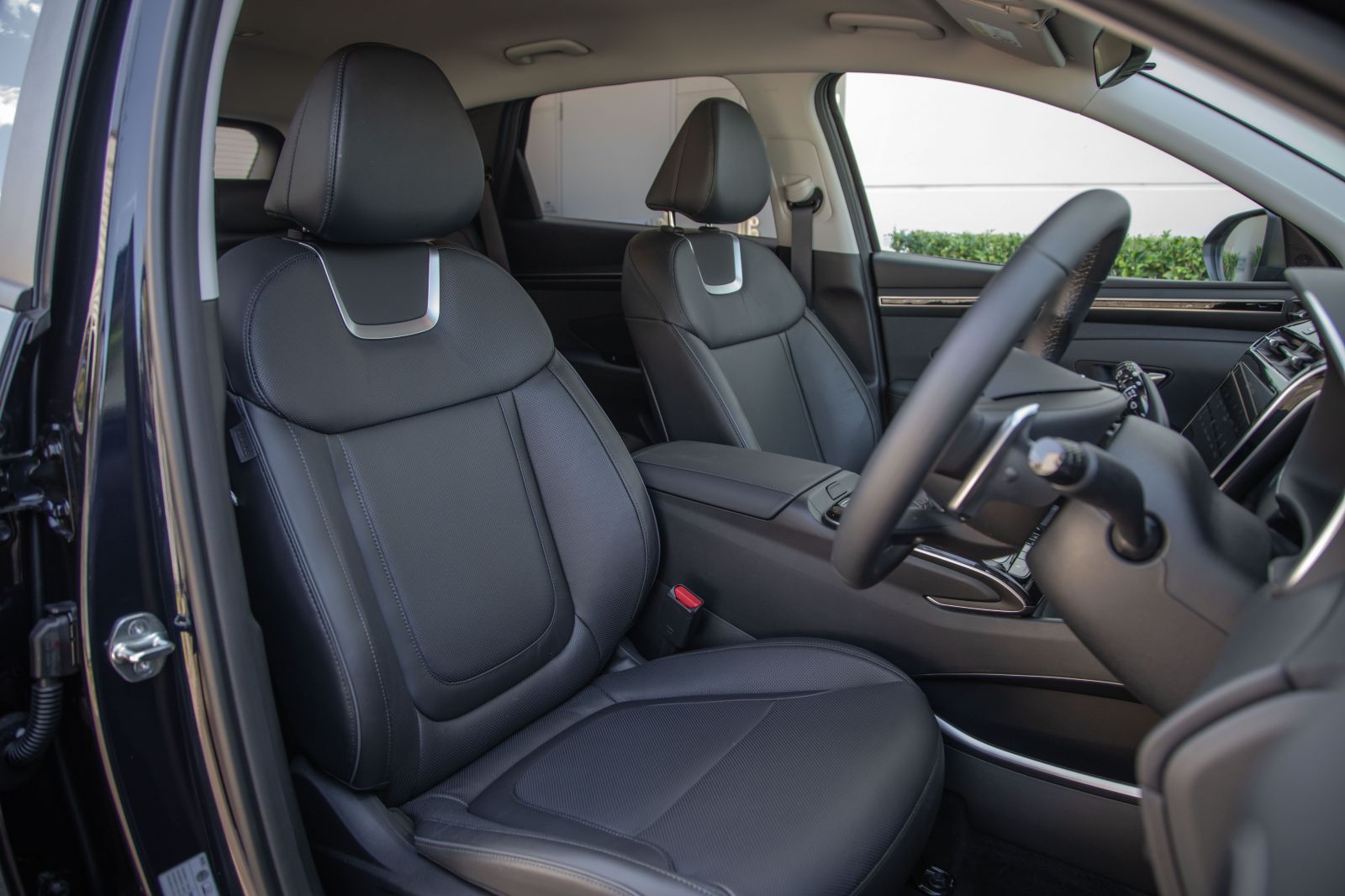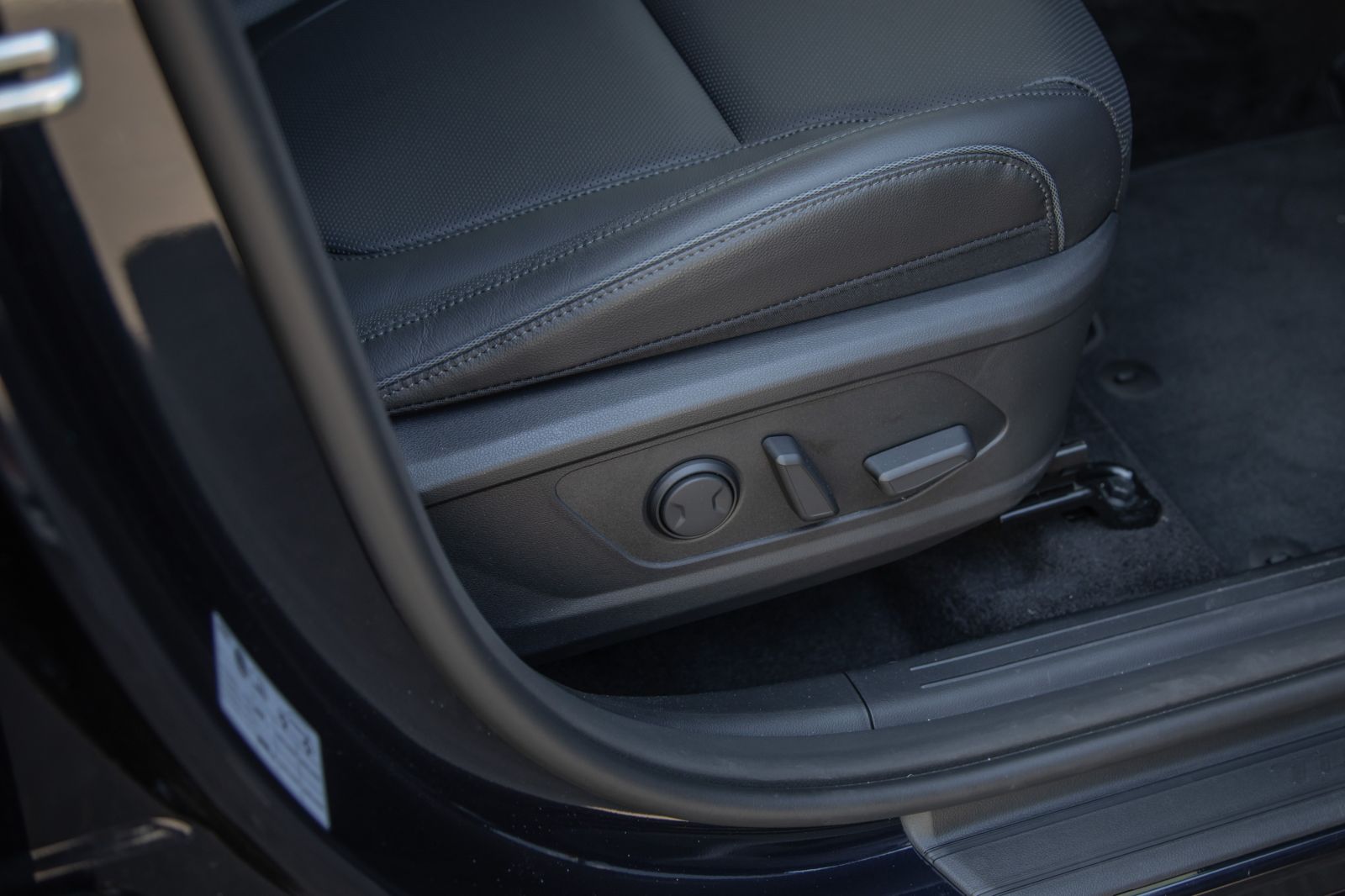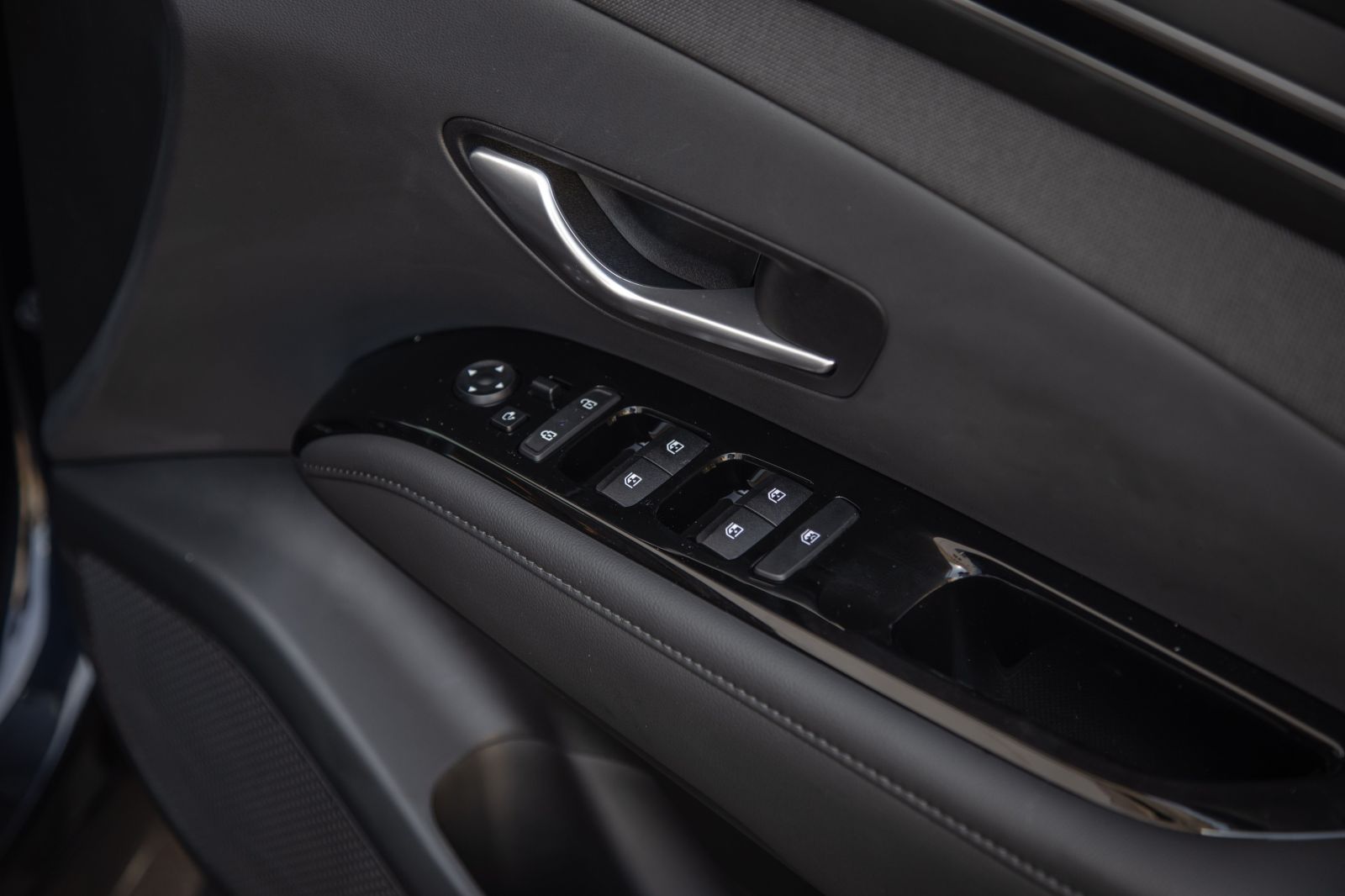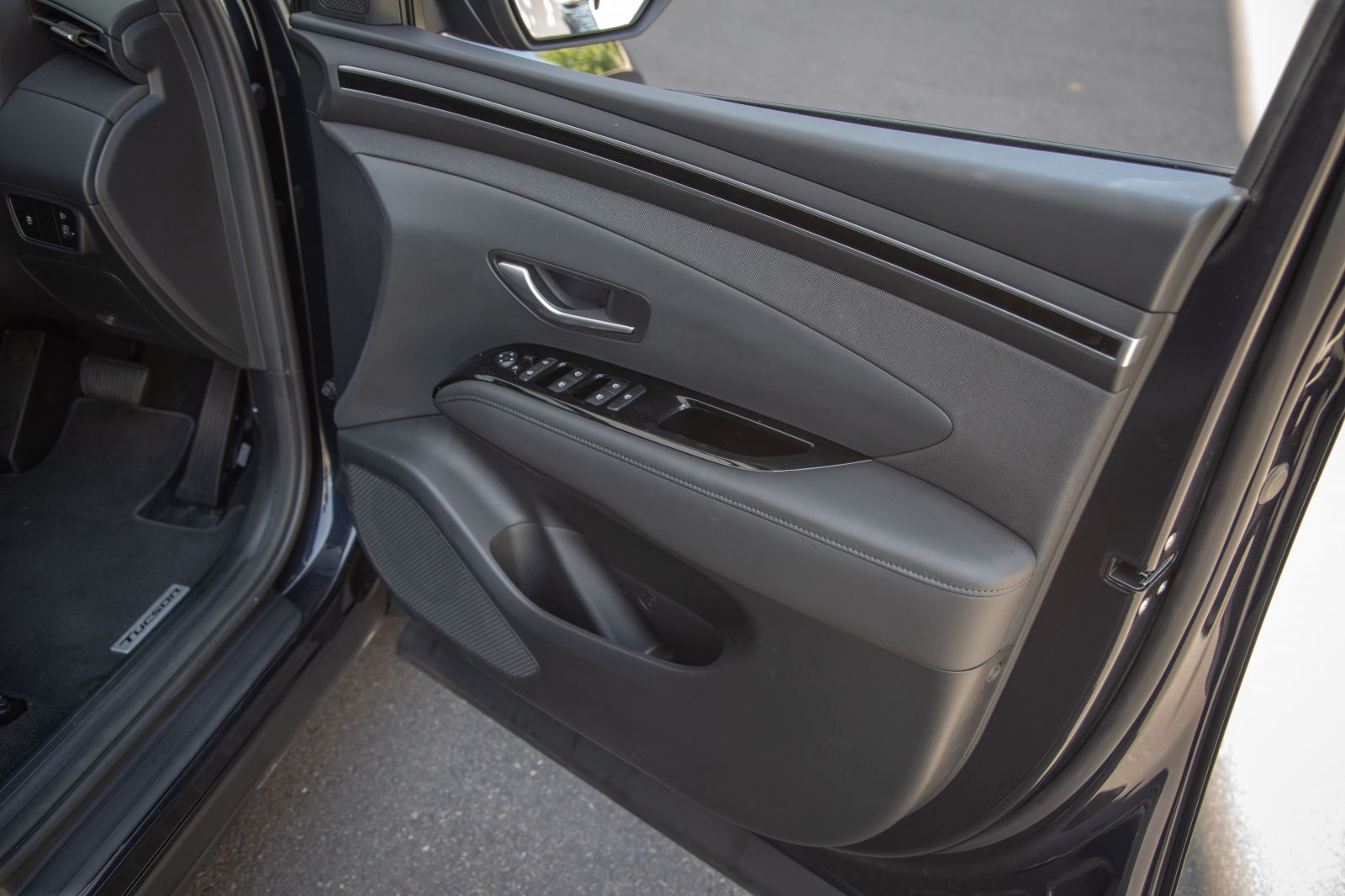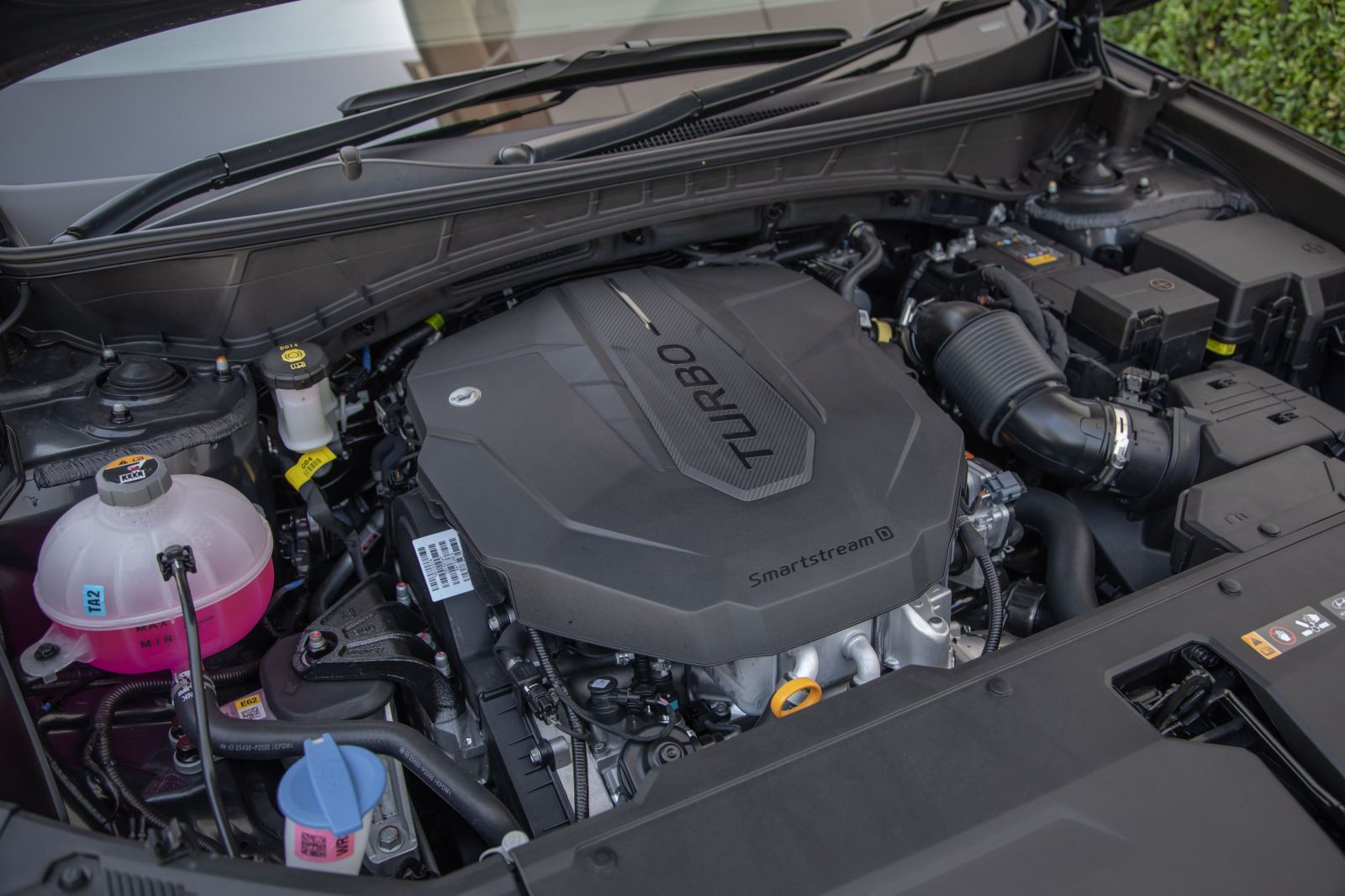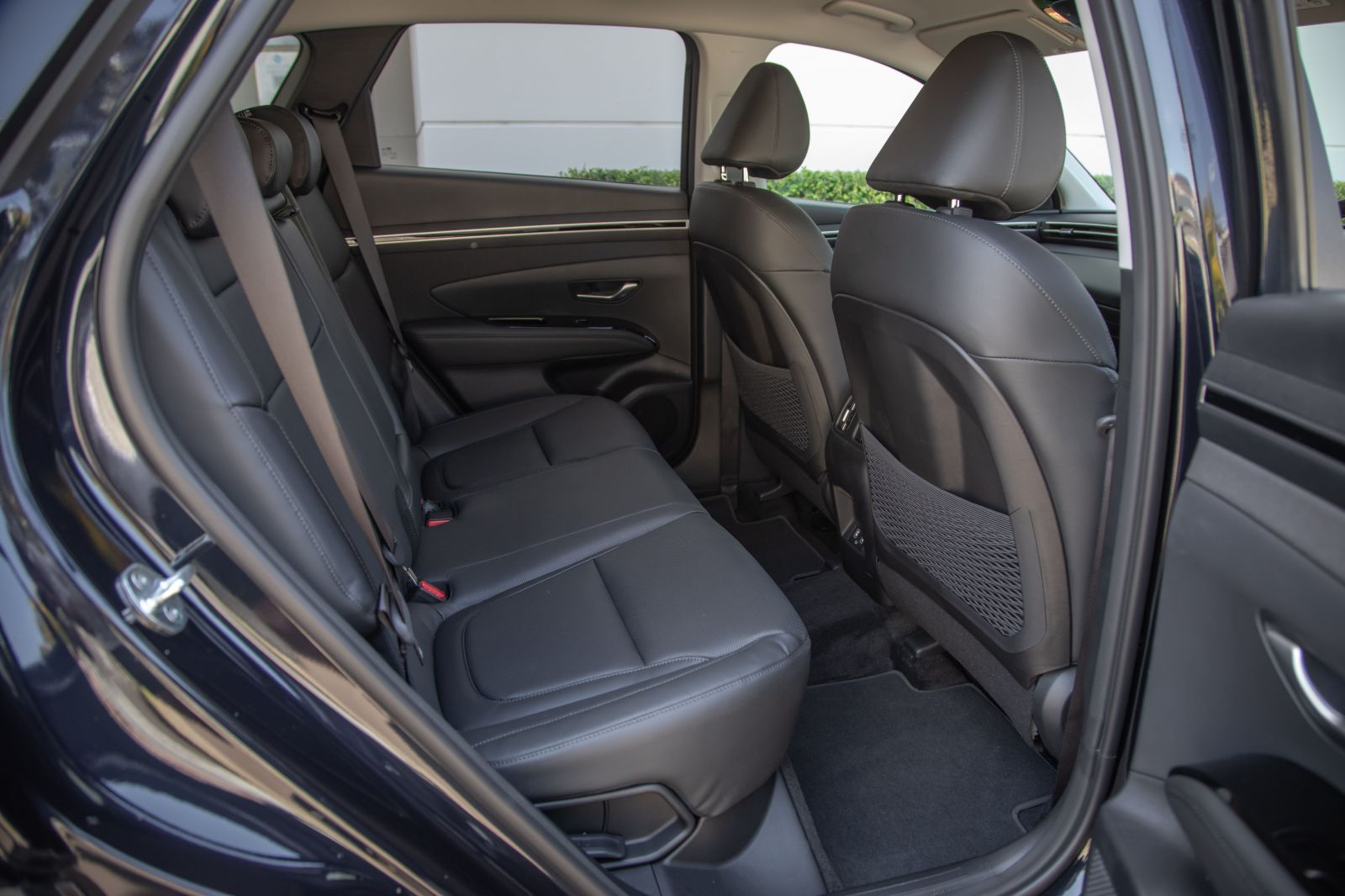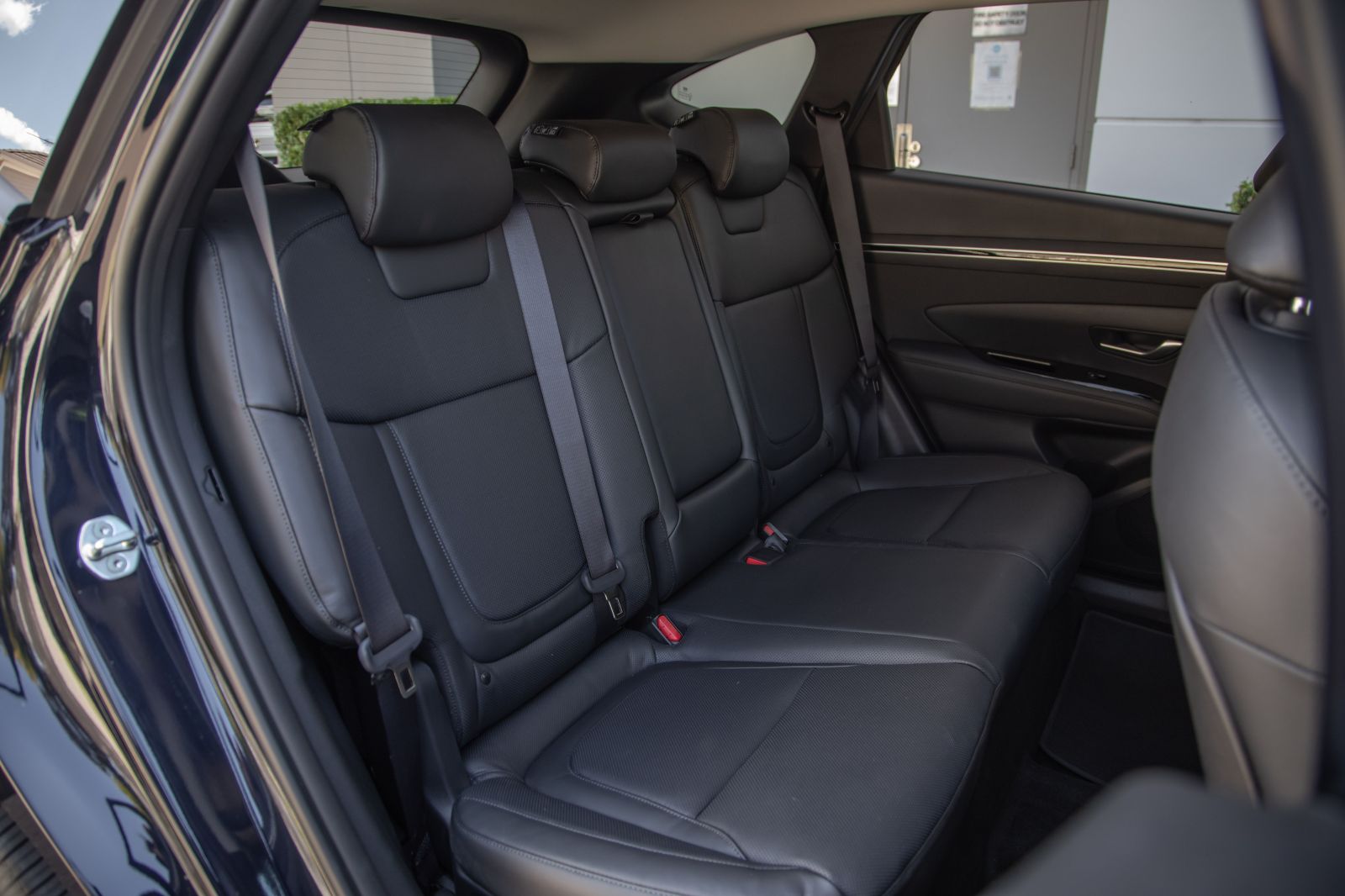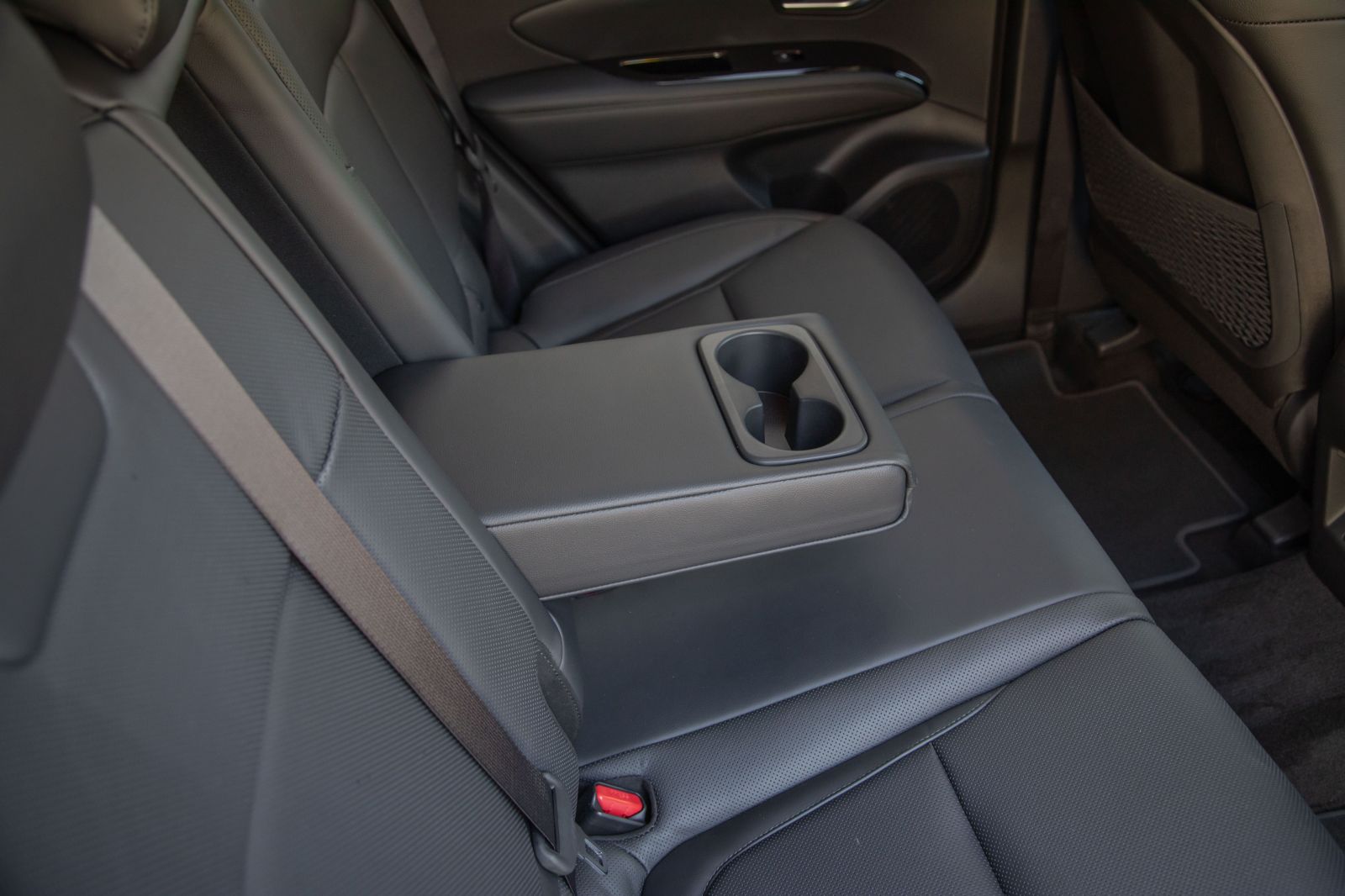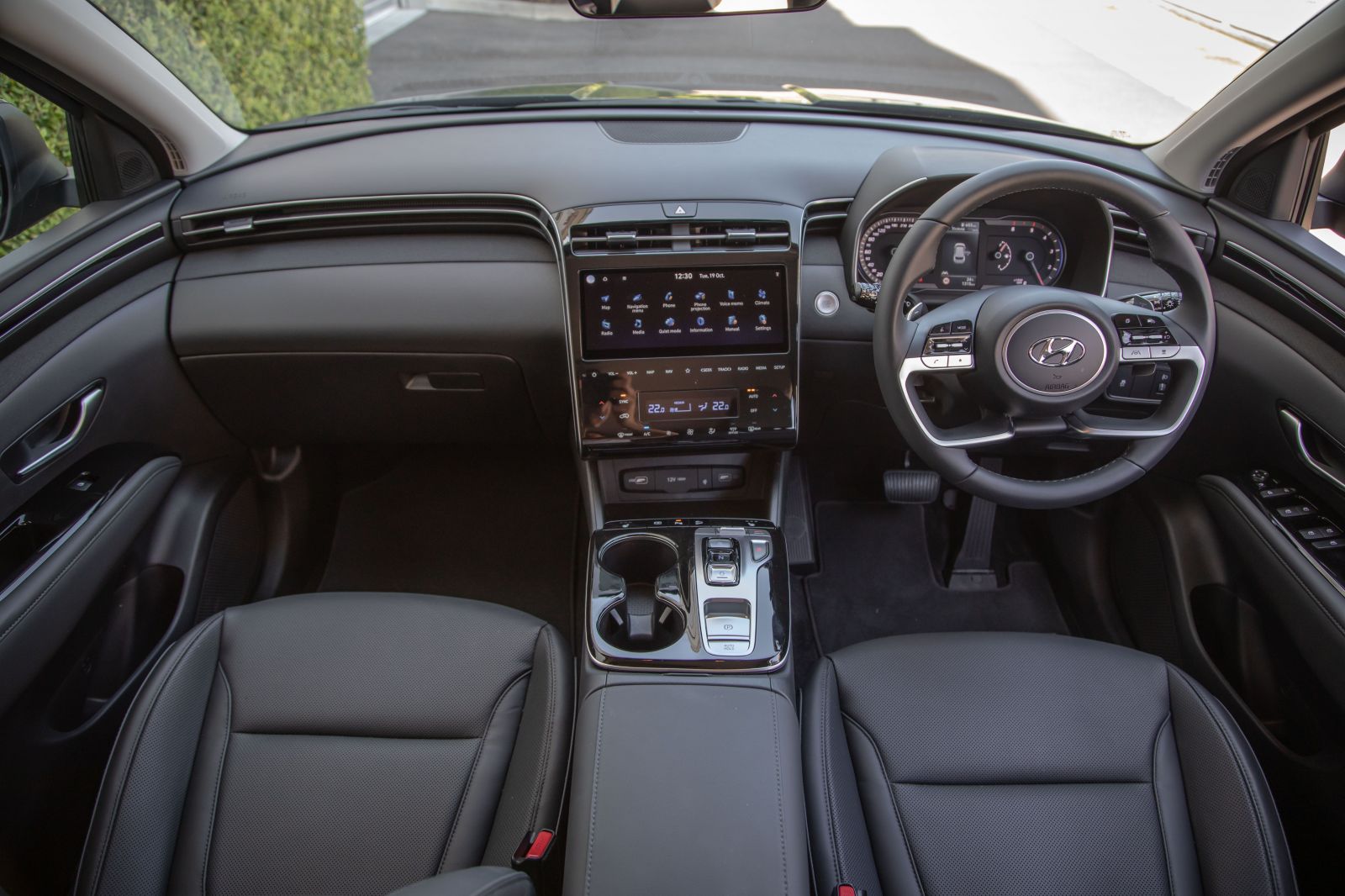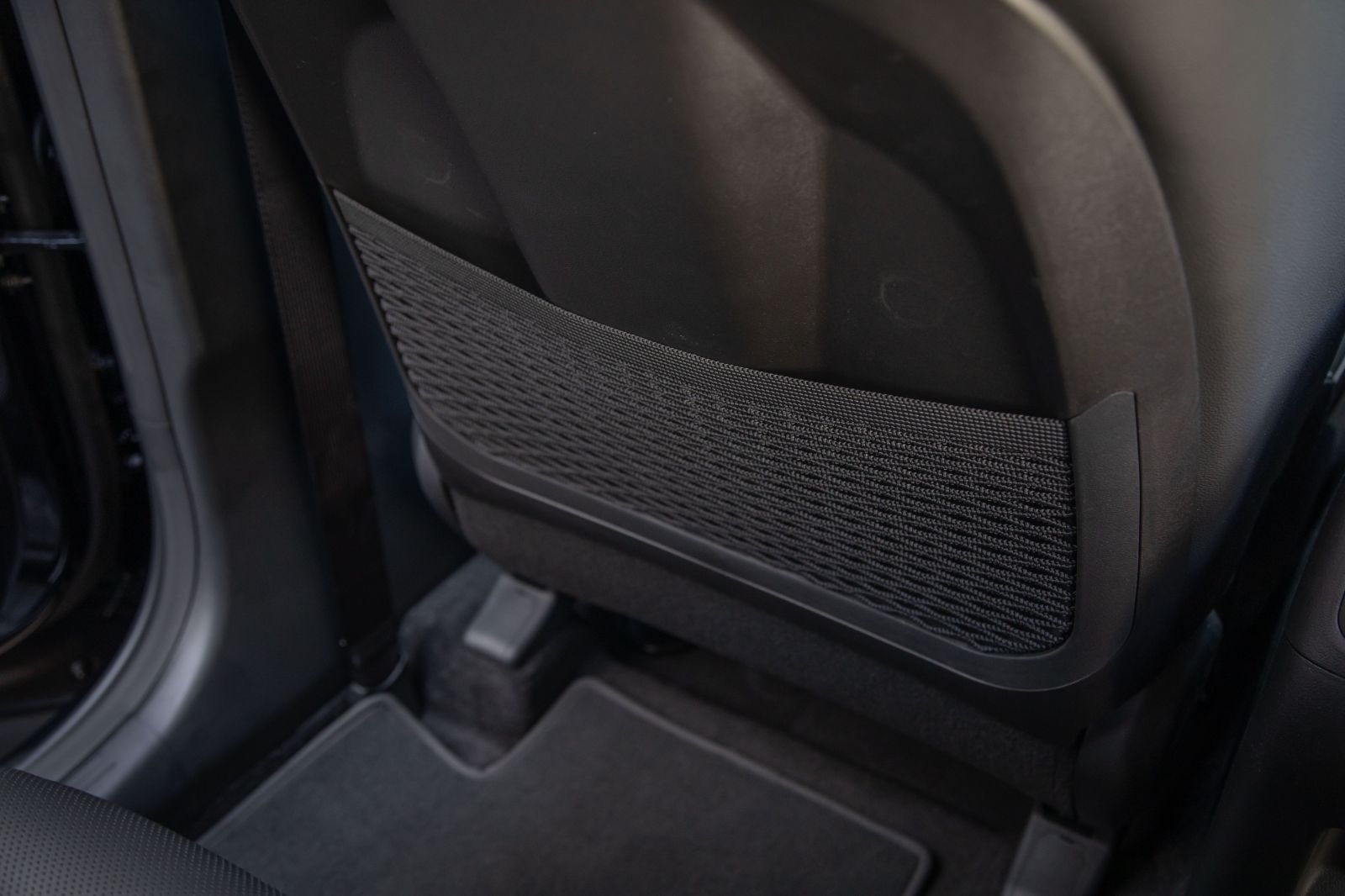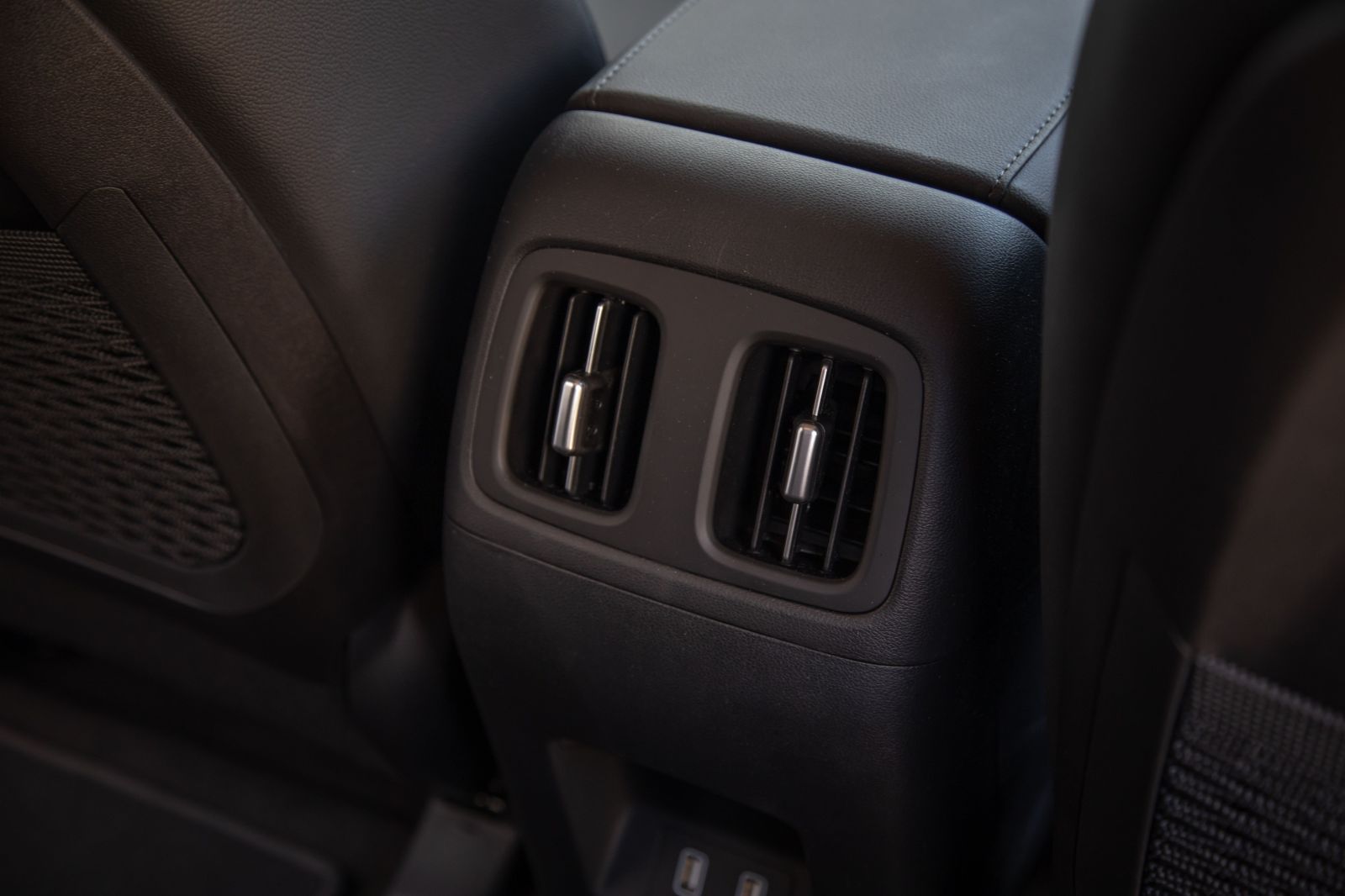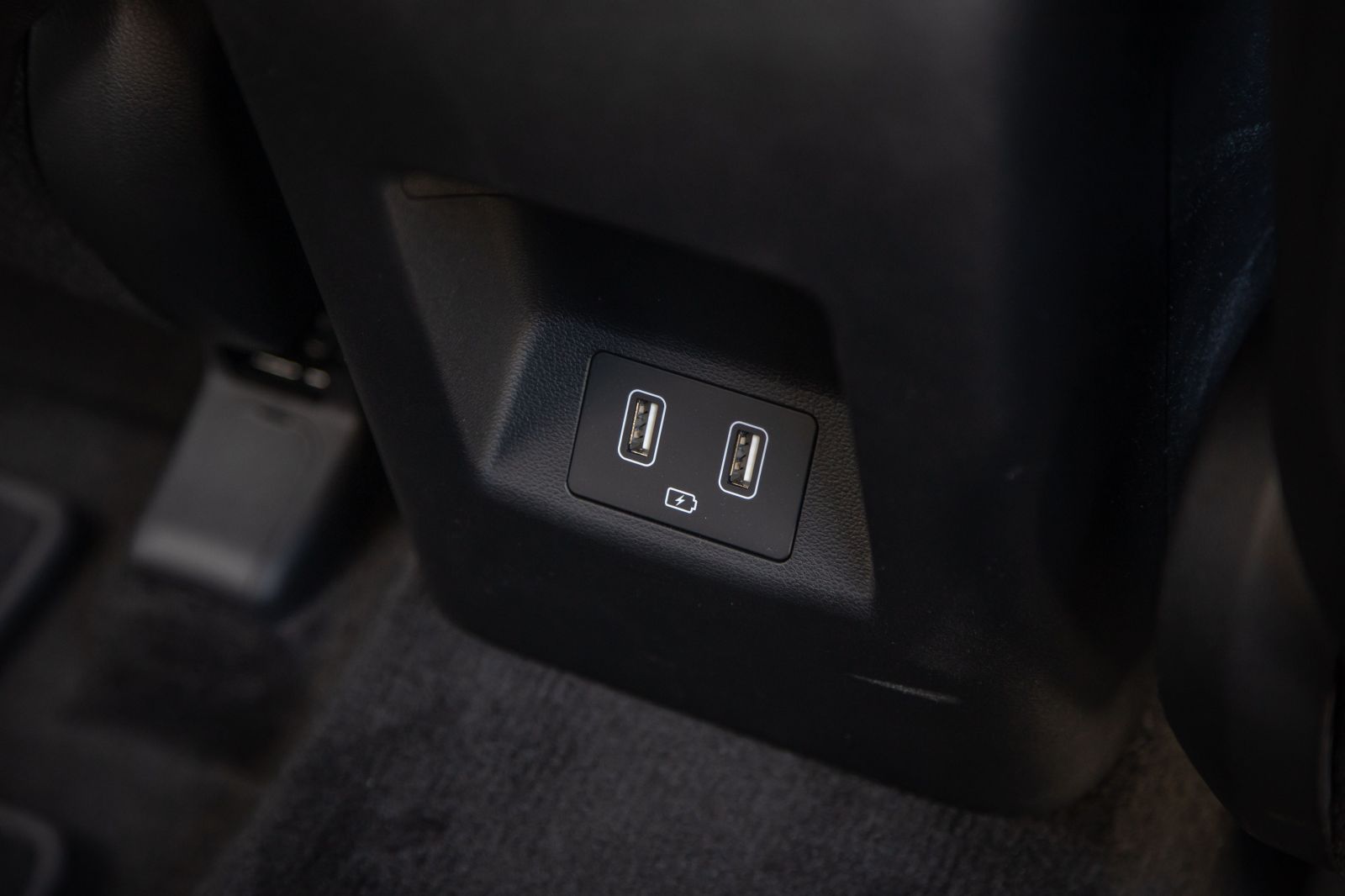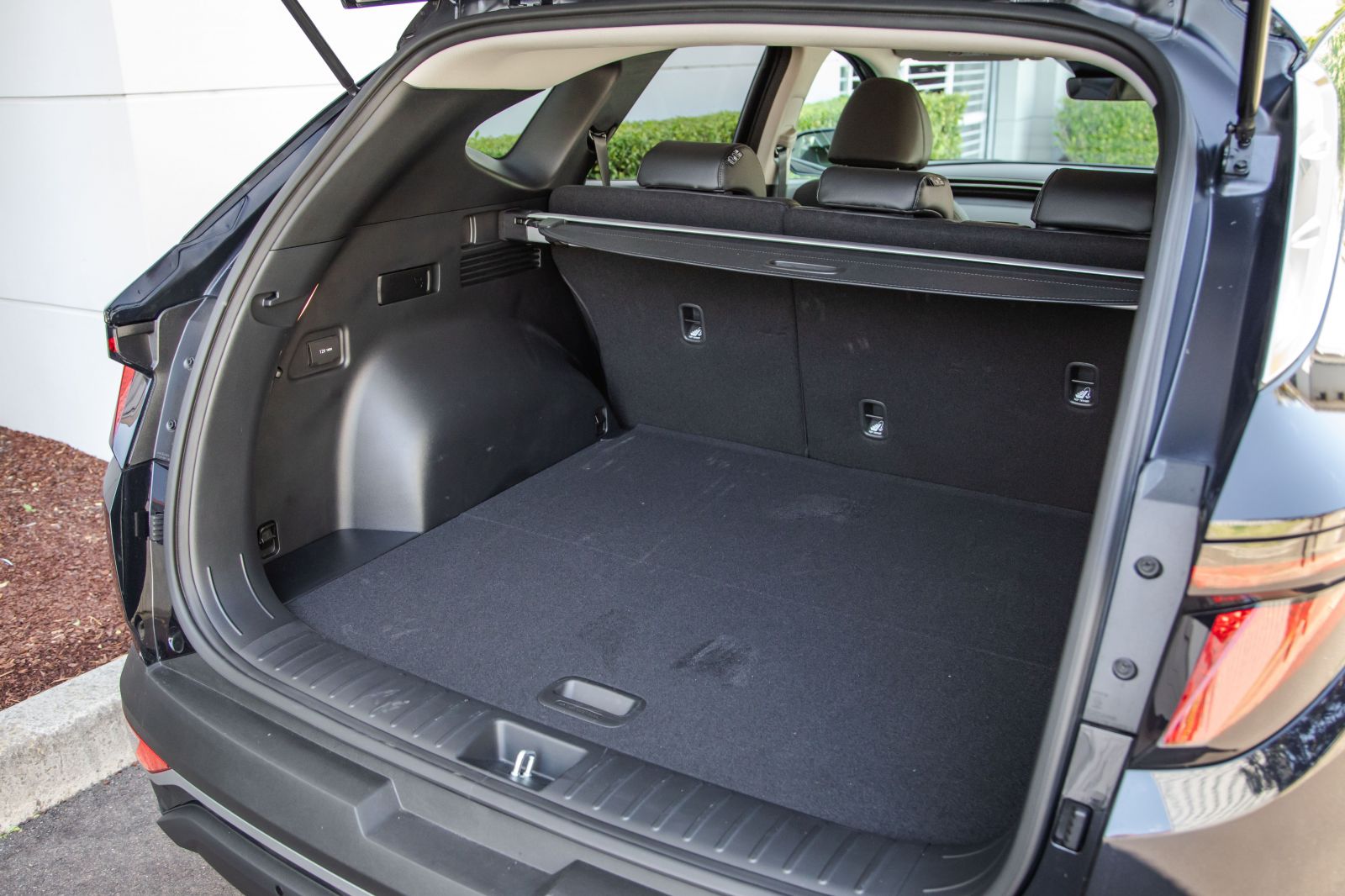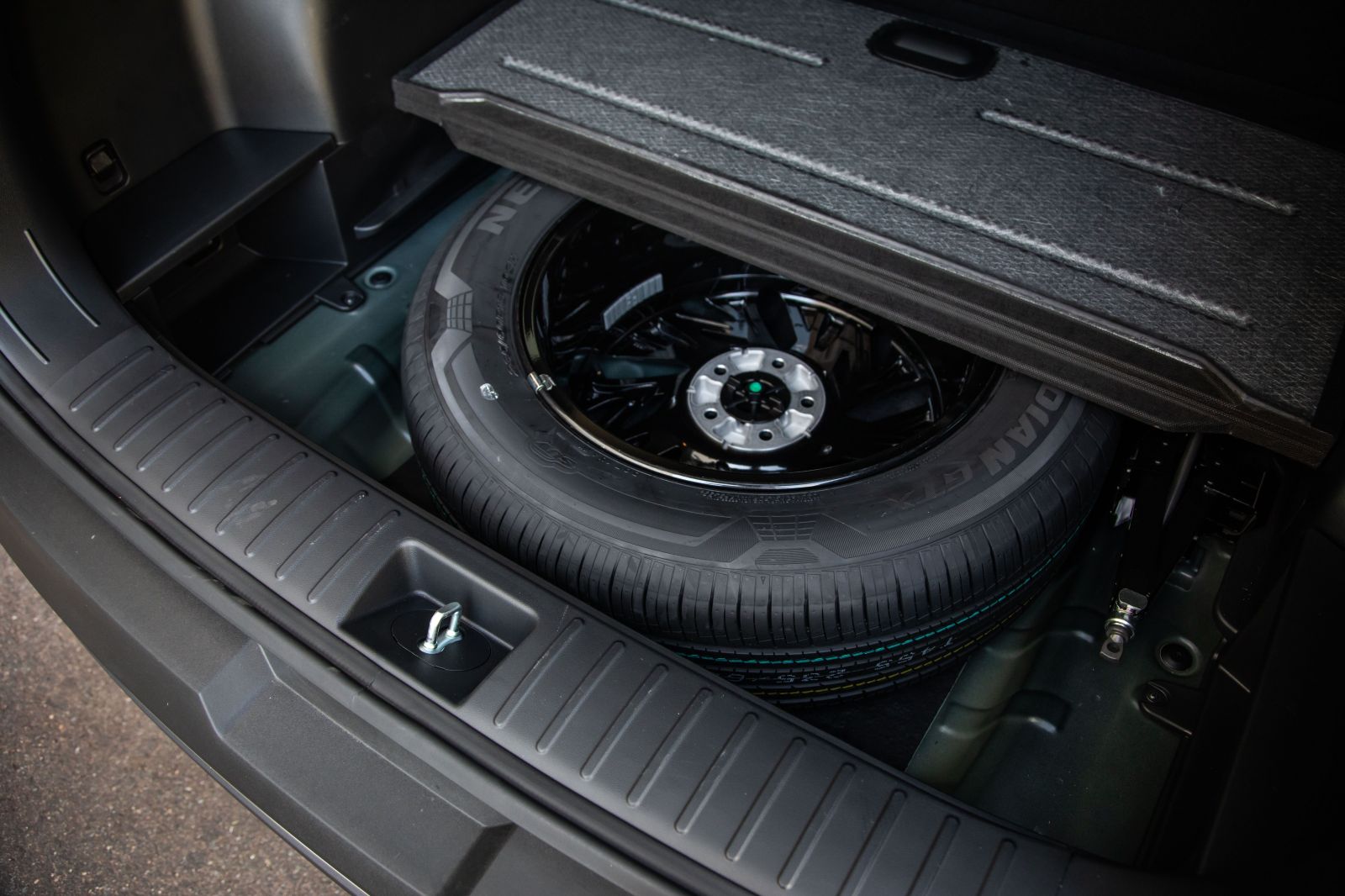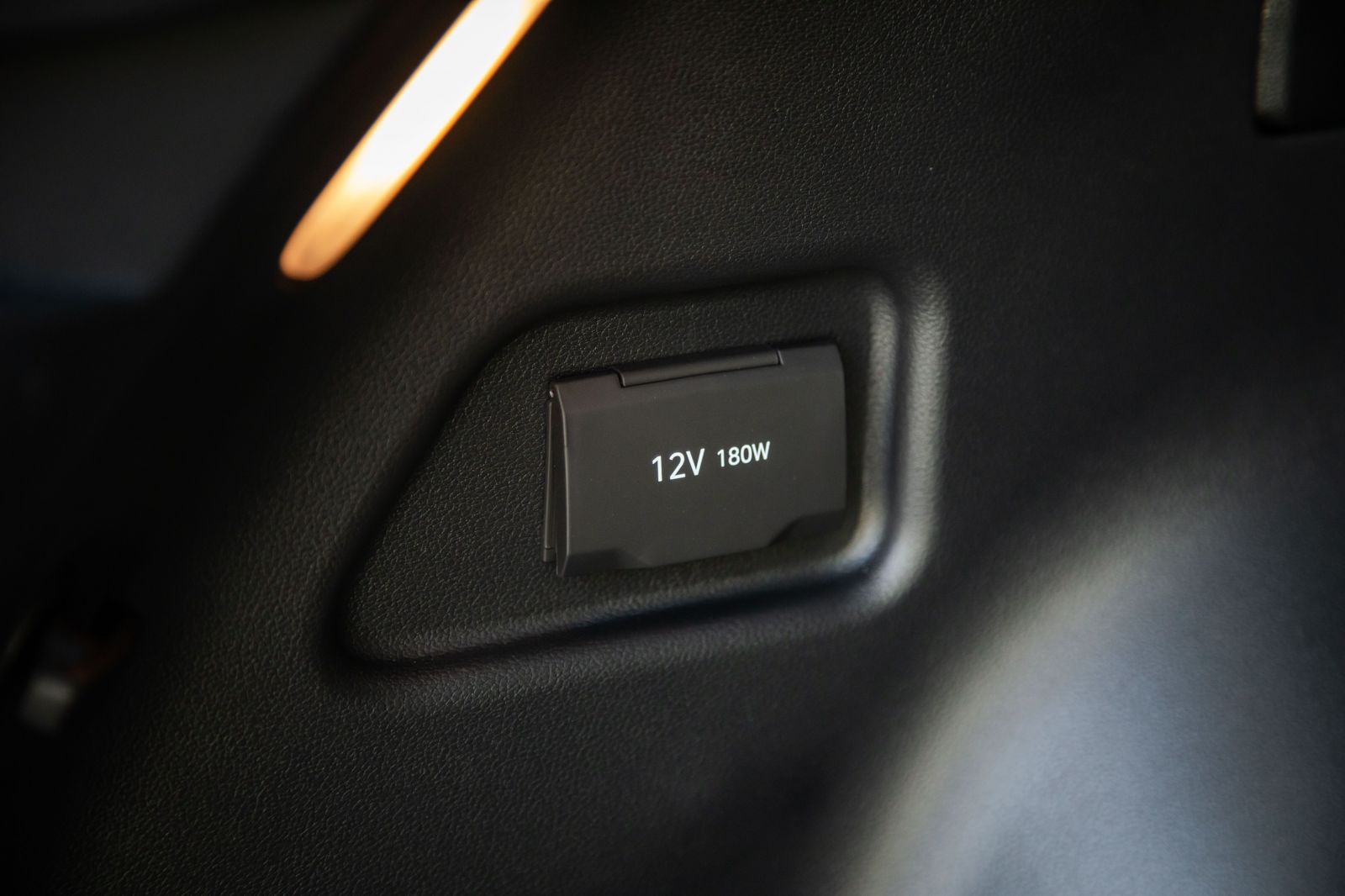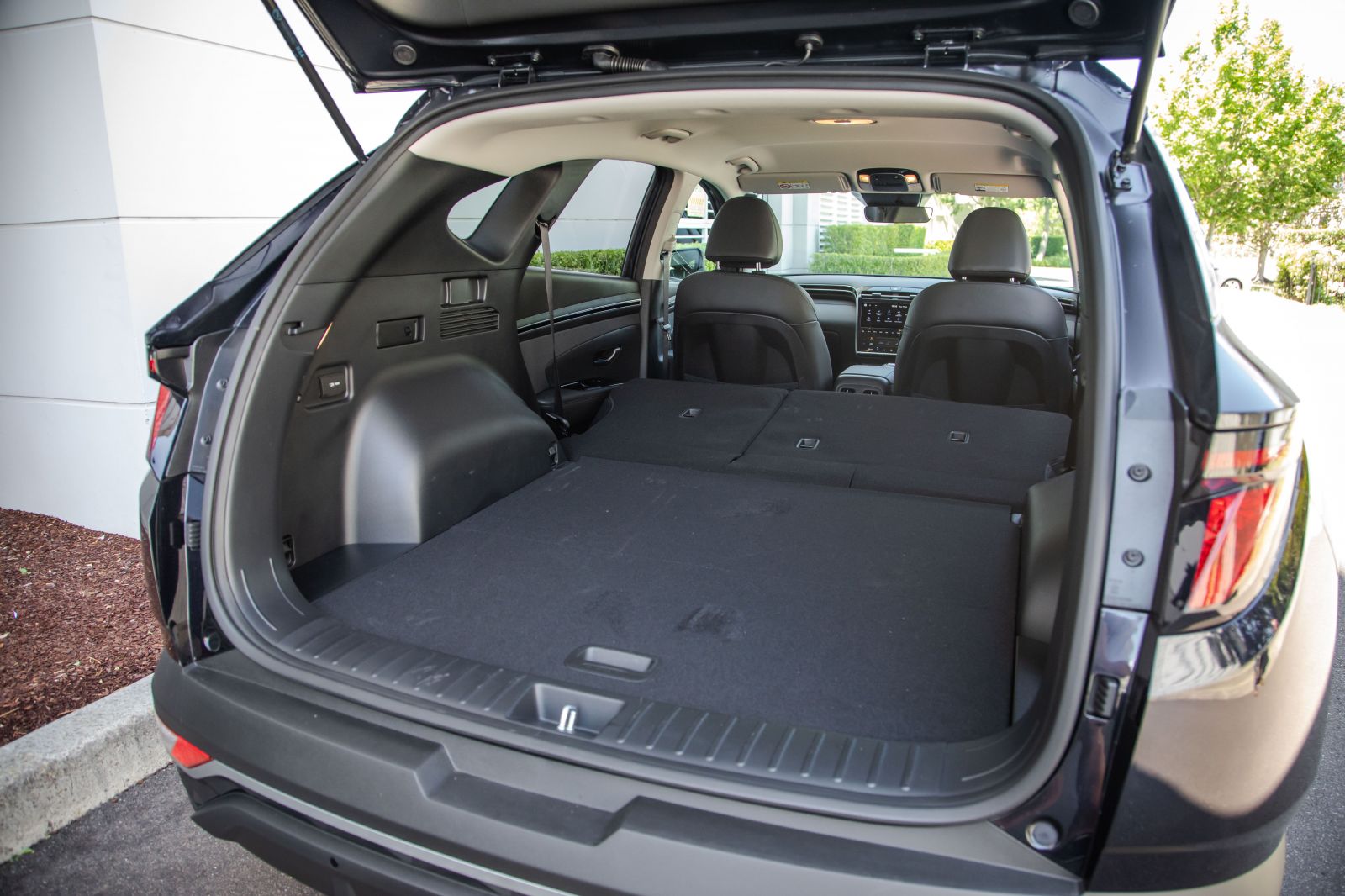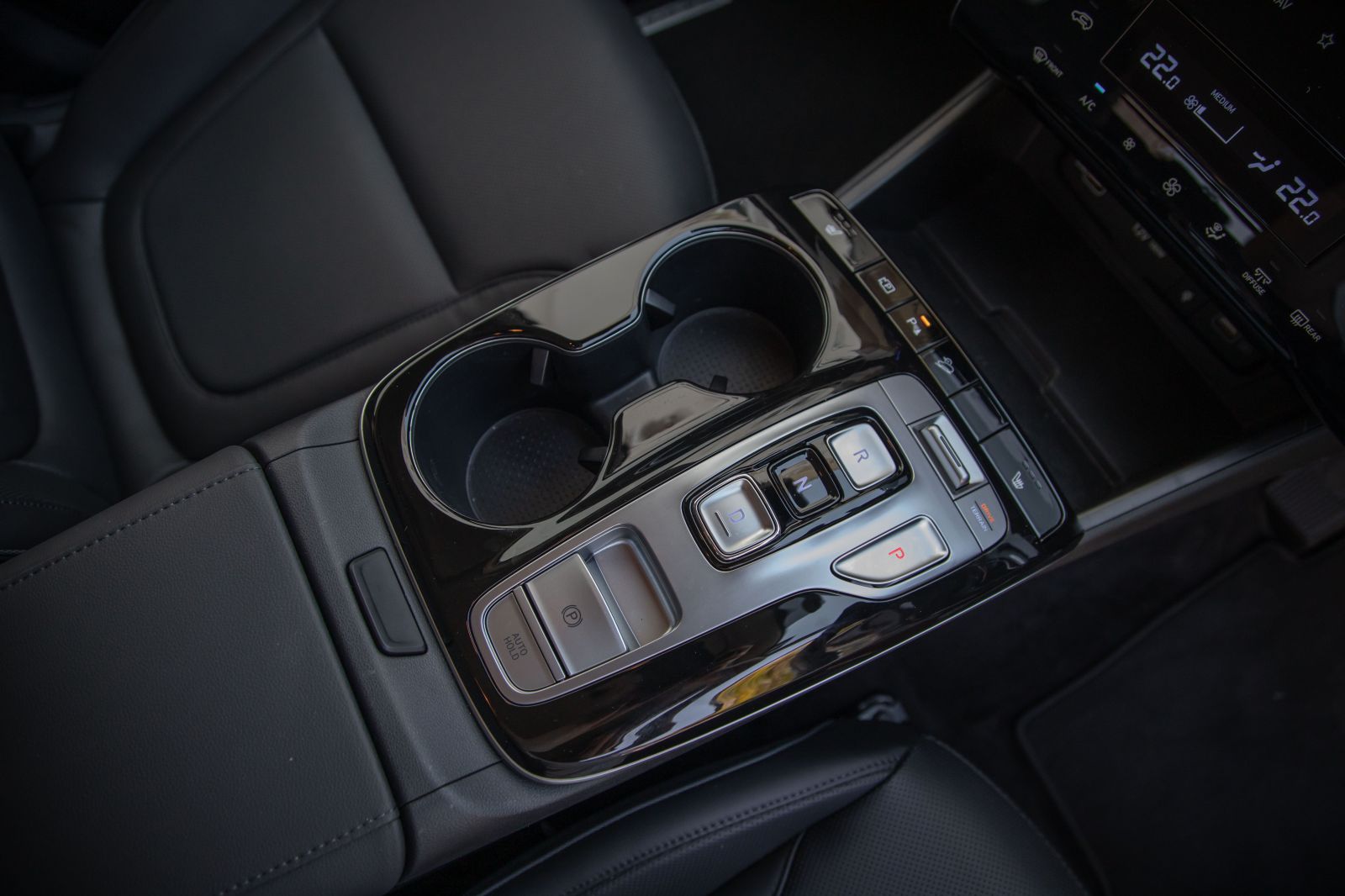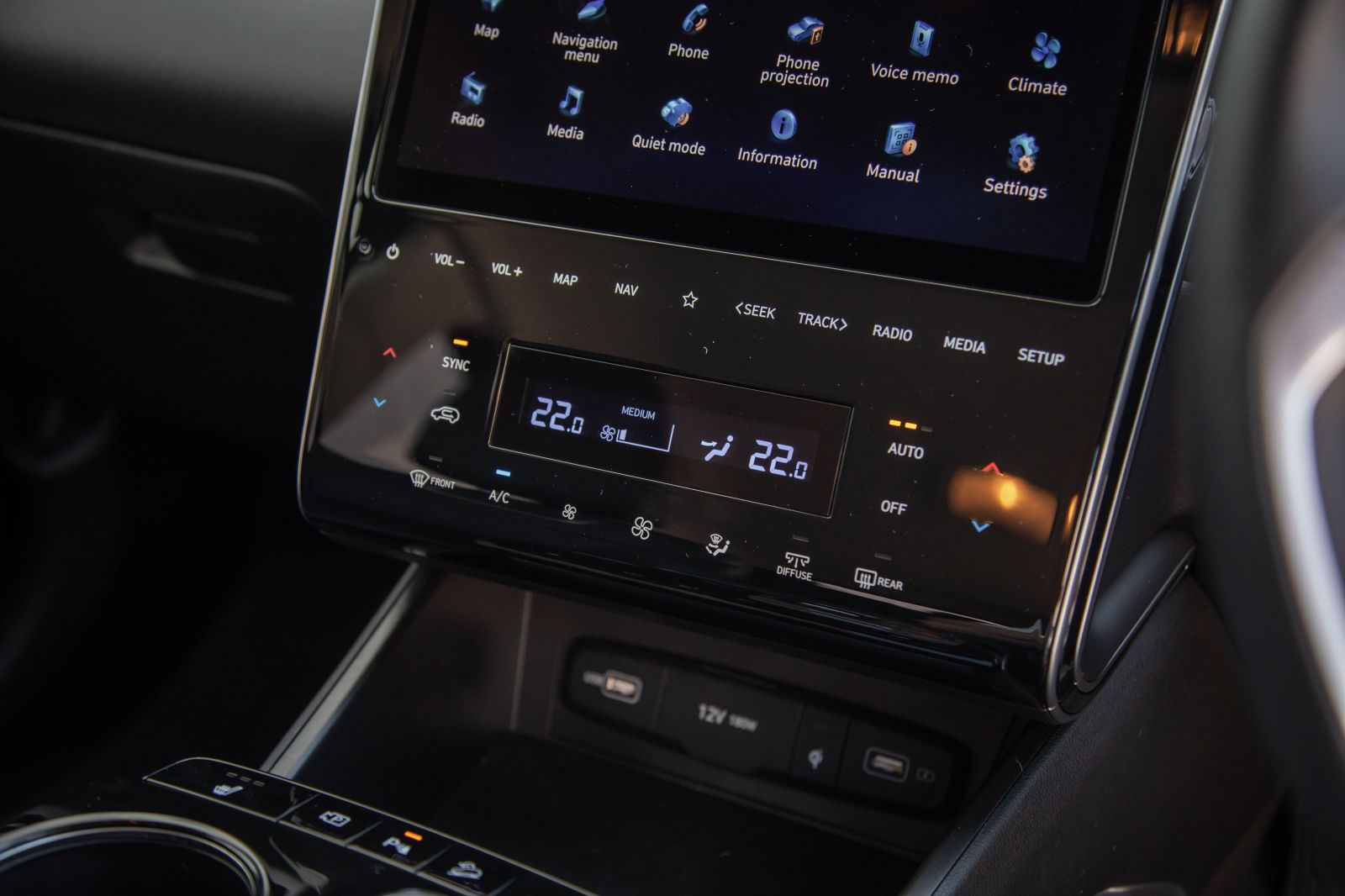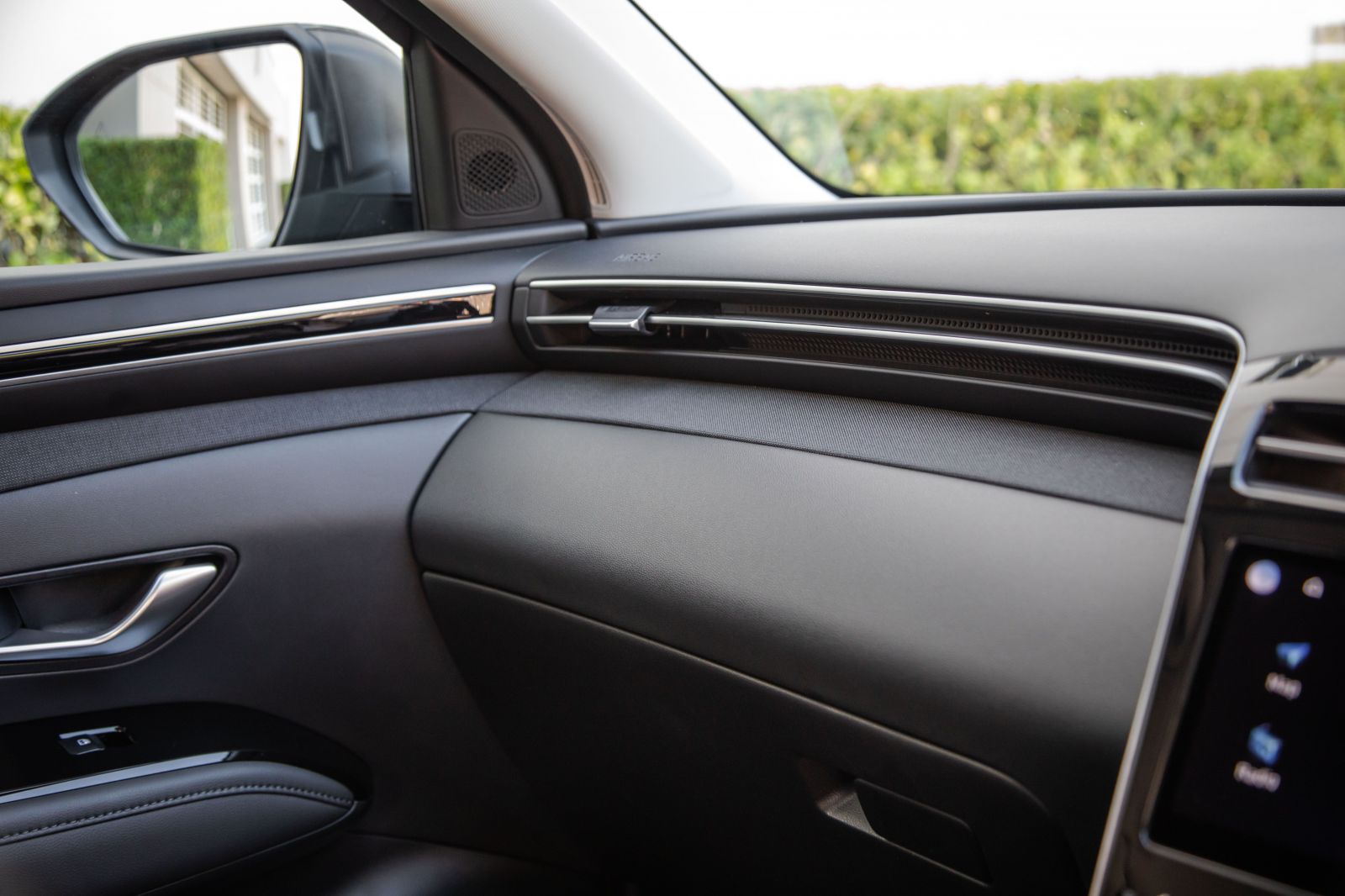2022 Hyundai Tucson
Recently redesigned, the mid-sized Hyundai Tucson is bigger and bolder than ever before and offers a range of petrol and diesel engines and a long list of safety equipment.
Retail Price
Transmission
6 or 8-speed auto or 7-speed Auto (DCT)
Driven Wheels
4x4 or Front
Fuel Type
Unleaded or Diesel
Body Types
SUV
Powertrain Type
Combustion
View 64 images
Retail Price
Transmission
6 or 8-speed auto or 7-speed Auto (DCT)
Driven Wheels
4x4 or Front
Fuel Type
Unleaded or Diesel
Body Types
SUV
Powertrain Type
Combustion
Expert Rating
No Expert reviews
Check back soon for our take
Save Thousands on a new Hyundai Tucson
CarExpert does the hard work to get you the best price. No negotiating, no hidden costs, just expert help and real savings on your next new car.
Hyundai Tucson
Features & Specs
Powertrain & Performance
Engine specs, power, and efficiency
Handling & Mechanics
Drive Feel: Steering, Suspension, Ride Quality
Towing & Off-road Capacity
Strength, stability, and off-road performance
Exterior & Dimensions
Design, size, and presence on the road
Interior
Comfort, tech, and convenience inside
Technology
Infotainment, connectivity, and smart features
Safety & Security
Protection, prevention, and alerts
Cost of Ownership
Coverage, maintenance, and peace of mind
Available Variants
The Hyundai Tucson comes in a variety of variants with the cheapest being Base and the most expensive being Highlander.
How does the 2022 Hyundai Tucson compare?
Quickly see how the Hyundai Tucson stacks up against its competition.
Select any benchmark to see more details.
Towing & Off-Road Capability
Next Steps
Where expert car reviews meet expert car buying – CarExpert gives you trusted advice, personalised service and real savings on your next new car.
Dimensions
| Specification | Measurement |
|---|---|
| Overall Length | 4,630 mm |
| Overall Width | 1,865 mm |
| Overall Height | 1,665 mm |
| Wheelbase | 2,755 mm |
| Turning Circle | 11,800 mm |
| Load Capacity | 500 mm |
Dimensions in this table show the minimum and maximum values of all variants for this vehicle.
Looking for complete Hyundai Tucson size & space specs?
Our Hyundai Tucson Exterior and Dimensions Page has every measurement you need to know exactly how this vehicle will fit your driving, garage, or work needs.
Gallery
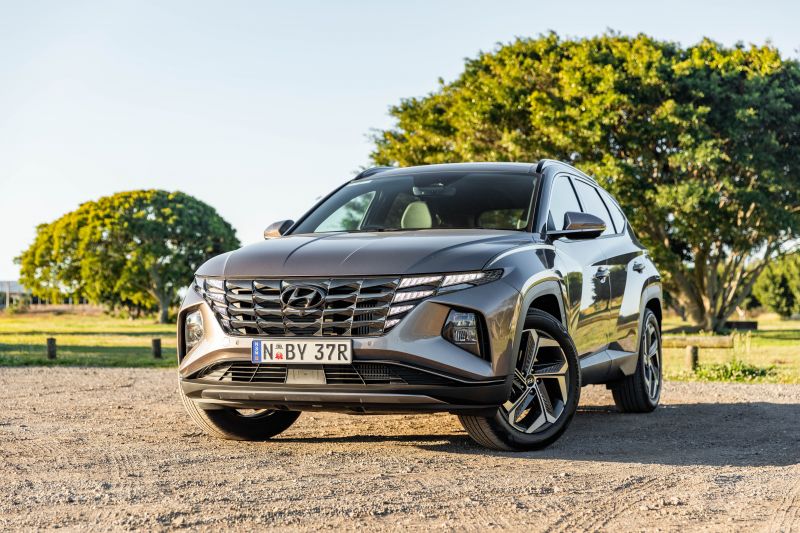
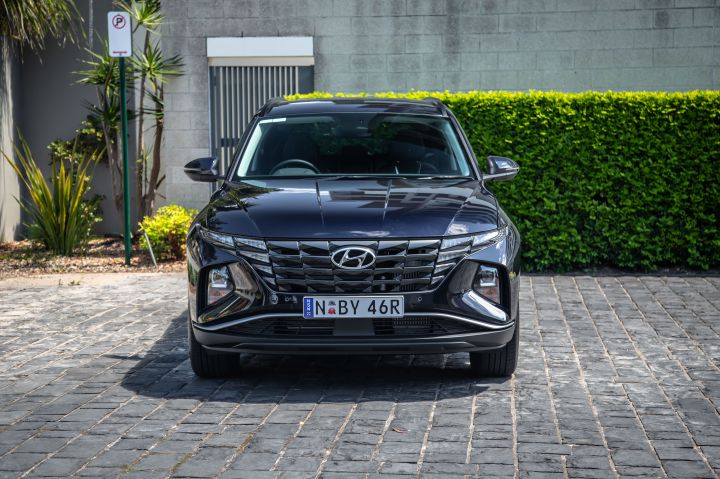
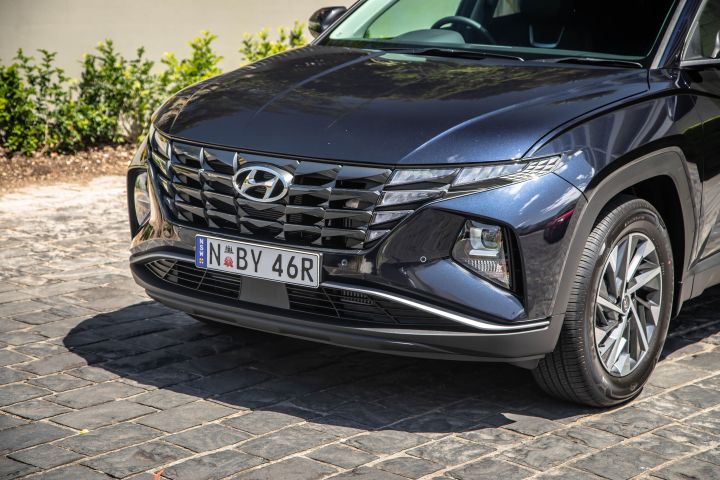

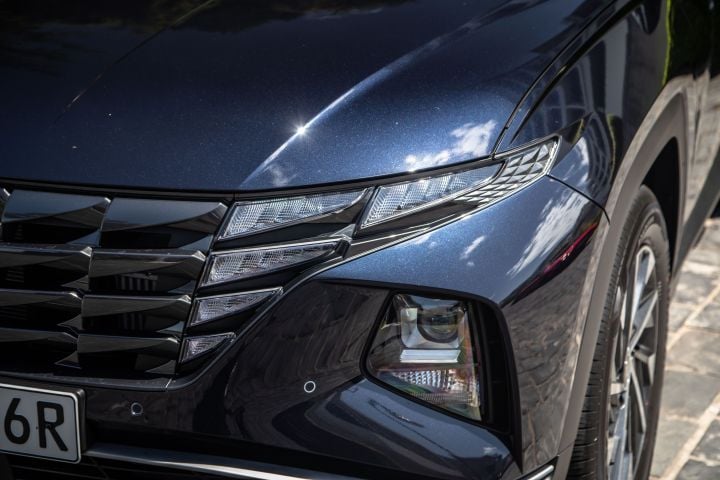
Next Steps
Where expert car reviews meet expert car buying – CarExpert gives you trusted advice, personalised service and real savings on your next new car.
Hyundai Tucson
Frequently Asked Questions
The cheapest Hyundai Tucson is the Base that starts from $34,500.
See all Hyundai Tucson PricingThe most expensive Hyundai Tucson is the Highlander that starts from $53,900.
See all Hyundai Tucson PricingThe best towing capacity of a Hyundai Tucson is 1900 kg offered by the following variants: Elite and Highlander.
See all Hyundai Tucson towing capacityThe largest Hyundai Tucson is the Elite which measures 1865mm wide, 4640mm in length and sits 1665mm tall.
The most powerful Hyundai Tucson is the Elite which has 137kW of power from its 2.0L Turbo Diesel Common Rail engine.
The Hyundai Tucson is built in Korea and shipped to Australia.
The heaviest Hyundai Tucson is the Elite which weighs 2315 kg (kerb weight).
The Hyundai Tucson may use different fuel/energy types based on the variant which includes Diesel or Unleaded.
# Based on VFACTS and EVC data
* Average savings based on recent CarExpert customer transactions. Actual savings will vary depending on vehicle make and model, location, stock availability, and other factors.
† Displayed prices exclude on-road costs such as delivery charges, registration fees, number plates, insurance and applicable road taxes. These prices are subject to change without notice and may not reflect current market pricing or dealer offers.
 Automotive Vehicle Spec Data & 4K images Powered by JATO Dynamics Ltd
Automotive Vehicle Spec Data & 4K images Powered by JATO Dynamics Ltd


